
































Today’s engine manufacturers are building engines that are more powerful and heavier than ever before. Dometic’s new Mega Jackplate has been developed to withstand the power of high performance engines and provide boaters with the ability to maximize the output of their engines while offering more flexibility in shallow water. The Mega Jackplate is rated to 600 HP and is an extension of our existing product line. It will be offered in 6”, 8” and 10” setbacks. There will be 2 versions available, a standard bolt pattern designed to fit engines like Yamaha XTO and a wide bolt pattern designed to fit Merc 500/600.

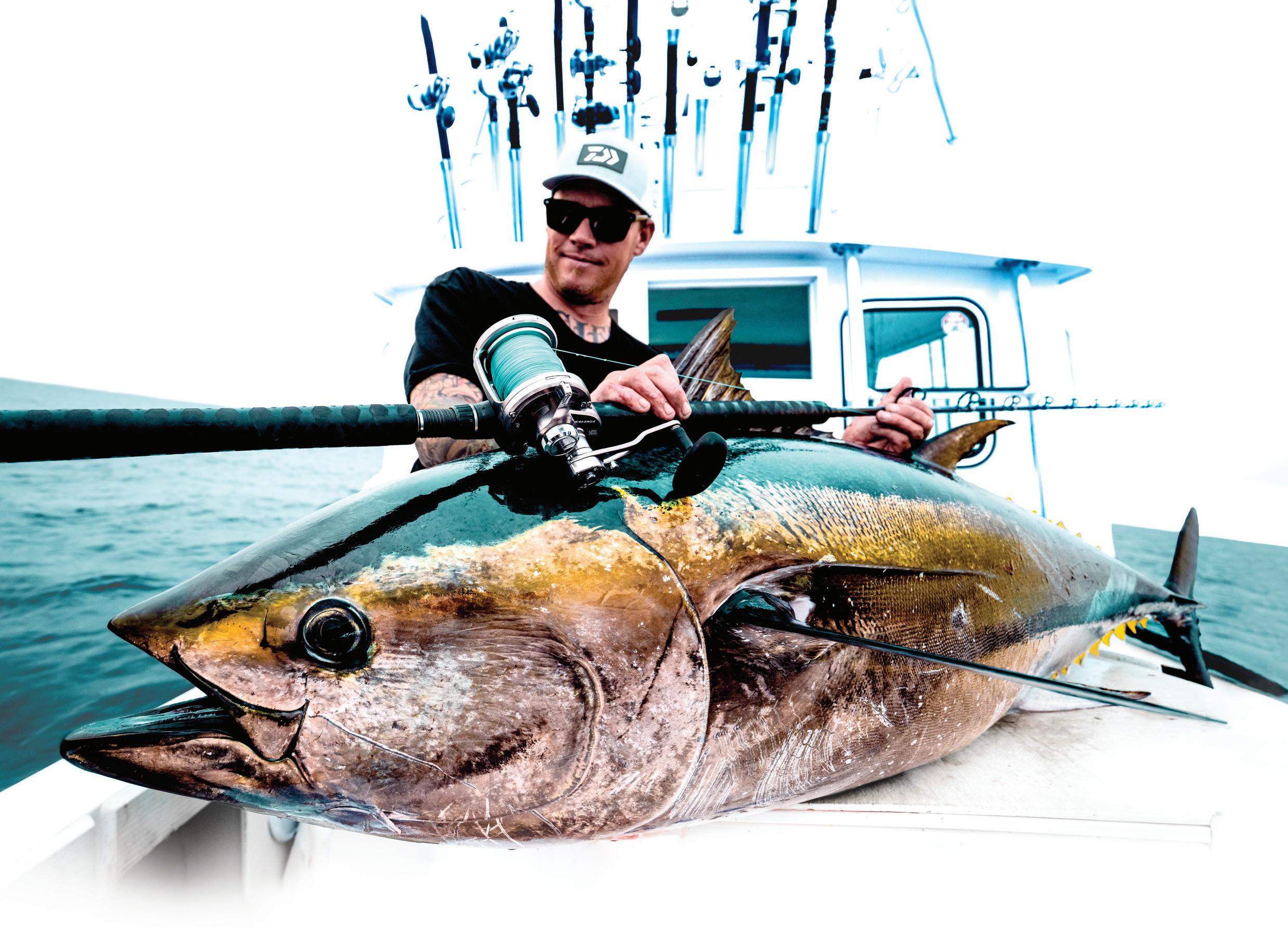
Up your game like never before with the biggest and brightest TZtouchXL MFDs.
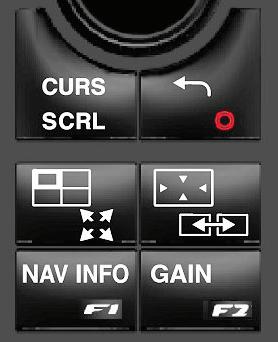

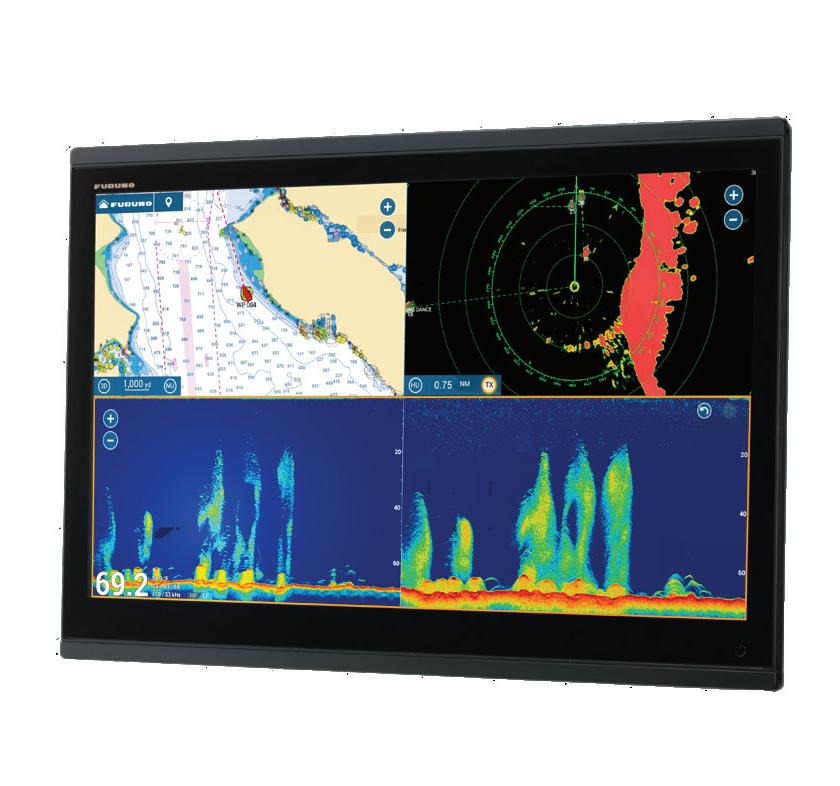

If you love the outdoors and dream of being in business for yourself, now is the time to choose a Coastal Angler or e Angler Magazine Franchise.

Established Brand • Proven Systems Training & Ongoing Support Work
• Alabama - SOLD
• Big Bend, FL
• Charlotte, NC
• Connecticut/Rhode Island
• Daytona Beach, FL - SOLD
• Destin/Pensacola, FL - SOLD
• Eastern Tennessee
• Georgia (Coastline, Savannah)
• Hilton Head, SC - SOLD
• Lake Erie, Ohio
• Lake Michigan
• Long Island, NY
• Miami, FL - SOLD!
• Myrtle Beach, SC
• New Hampshire
• New Jersey
• New Orleans, LA
• North Carolina (Raleigh, Wilmington)
• Okeechobee, FL - SOLD
• Outer Banks, VA
• Panama City, FL - SOLD!
• Tallahassee, FL/SW GA
• Texas (Coastal, Houston)
• ...YOUR HOMETOWN!
Don’t see your location? Ask one of our specialists about franchise availability in your area.
1-888-800-9794
info@coastalanglermagazine.com
franchise.coastalanglermag.com
WATCH OUR ONLINE VIDEO HERE: https://bit.ly/3sjhMoP
This is a hard time of year for most Southern trout anglers. Water temperatures are warm all over, and most of our trout shing has slowed way down or is just plain over for a bit.
Here in East Tennessee, we are currently bringing 5- and 6-weight y rods and dri shing topwater poppers for spotted and smallmouth bass on several local rivers. We are catching some nice sh, and we’re also catching very good numbers, all on top.


It’s like hopper shing, just on the warm-water side of things. e bass are happy and should be looking up for the remainder of the summer through October, depending on water ows and weather.
It’s a nice change of pace for a bit, with many sh being in the 15- to 16-inch range and averaging a pound and a half or two, with shots at larger sh on any given dri . Giant pumpkinseed bream will also come up and hammer a popper on occasion.
If you’re getting into the bassy side of things, I recommend 2x leaders, 5- and 6-weight rods and your favorite color poppers. e occasional pop and twitch is just a way to say hello to let them know it’s there and see who comes up.
If you want to catch some hard- ghting sh and have a fun day on the water, give us a call before it’s over.
Contact Hiawassee River Guides at (423) 208-8602. See their website at http://hiwasseeriverguides.blogspot.com/.

Home of world class fishing on the beautiful Watauga Lake, rugged Doe River and designated trophy trout stream, Watauga River




Fall is a ne time to be an angler on the Florida coast. e summer crowds dwindle as the summer heat begins to taper o , and snook season opens Sept. 1 ahead of the mullet run.
Capt. Adam White, of St. Lucie Flats Fishing on Florida’s Treasure Coast, said this time of year o ers good snook and tarpon shing in his area. Whether he’s shing bridges at night or inshore structure during the day, there are a lot of snook to be caught around Fort Pierce and a lot of places to catch them.
“From the beach to the inlet, the bridges at night and the seawalls during the day, there’s a lot
of di erent places to sh for them,” he said. “You’ll only get four or ve bites per spot, and if you don’t get a bite in 10 minutes or so, leave. I don’t let grass grow under my feet.”
Run-and-gun tactics make for fun shing, with spurts of activity between quick boat rides. Capt. White said he can’t guarantee a one- sh-perperson snook limit because the 28- to 32-inch slot is a small window, but he said anglers can expect consistent action from under-slot snook or a shot at a big over-slot sh.

Inshore, White likes light (up to 15-pound)

spinning rigs for pitching live baits to currentswept structure, such as mangrove islands, spoil bars and docks. Snook are strong, and a decent one will take you for a ride on light tackle.
e best shot at a big snook is out in the inlet, where White will anchor up and drop baits to the bottom in hopes of just three or four bites over the course of a trip. e payo might be a snook in the 35- to 38-inch range with an outside shot at a 40-incher. ese sh might weigh 15 to 20-plus pounds.

Live bait is the best bet, and snook will eat whatever is available at the time. Live mullet or croakers are White’s preferred baits, and he doesn’t shy away from using bigger 5- to 8-inch baits, which even small snook will hammer.
Anglers who prefer arti cials will nd good action at night at the bridges. White suggested lipped-plugs like the Bomber Windcheater, which has a good mullet-like pro le in the 4 ½-inch size. Another great lure is the locally made so -plastic umper Shrimp. Rig one on a jig head with enough weight to get it down and work it slowly across the bottom.
As for the annual mullet run, when predators hound millions of mullet pushing south to spawning grounds o south Florida, White said he likes the front end of the migration. O St. Lucie County, the shing is best around the second week of September, when mullet begin trickling into the shery. Once the migration is full-blown, there are so many bait sh in the water that it’s hard to get sh to notice your bait.
It was a warm summer afternoon and my wife and I were mingling with the best of them. The occasion was a 1920s-themed party, and everyone was dressed to the nines. Parked on the manse’s circular driveway was a beautiful classic convertible. It was here that I got the idea for our new 1920s Retrograde Watch.
Never ones to miss an opportunity, we carefully steadied our glasses of bubbly and climbed into the car’s long front seat. Among the many opulent features on display was a series of dashboard dials that accentuated the car’s lavish aura. One of those dials inspired our 1920s Retrograde Watch, a genuinely unique timepiece that marries timeless style with modern technology.
With its remarkable retrograde hour and minute indicators, sunburst guilloche face and precision movement, this design is truly one of a kind. What does retrograde mean?
Instead of displaying the hands rotating on an axis like most watches, the hands sweep in a semicircle, then return to their starting point and begin all over again.

Retrograde watches by the big brands can set you back thousands; one recent offering from a big French fashion house is selling for more than $150,000! But because we’ve designed the 1920s Retrograde Watch in-house, we can offer it to you for just $99!


This watch is so wildly popular with our customers that we’re actually concerned about running out; we only have 937 729 left for this ad!
Join more than 1 smart people who love stauer watches






Watch Specifications:
• Precision movement
• Stainless steel case, caseback and crown
• Retrograde hour and minute indicators



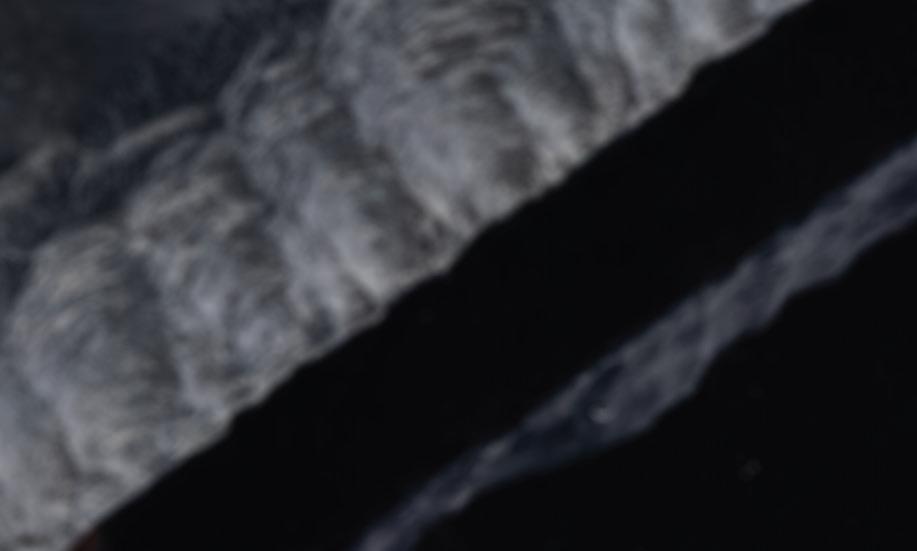



• Water-resistant to 5 ATM



• Brown genuine leather band



• Fits wrists up to 8"
1920s Retrograde Watch
$399 $99* + S&P Save $300
*Special price only for customers using the offer code.
“An elegant and exciting timepiece that every collector will love.”
— George omas, internationally renowned watch expert
“[A] unique and beautiful timepiece.”
— Carlos C., Los Banos, CA
Right now, there’s a migration gearing up in the Paci c Northwest. Chinook salmon are staged to push up out of the cold Paci c and into the inlets and coastal rivers of Washington, Oregon and Northern California. Just like they do in the famed Alaskan runs, big king salmon are making a nal return to the spawning grounds where they hatched to begin the next generation before they die.
With his father, Trevor Pelland, has shed these runs on the Hoh and Sol Duk rivers of Washington’s Olympic Peninsula since he was 8 or 9 years old. His dad was doing it before him. It’s an annual event with a time window that runs from August through December, depending on the particular drainage along this long stretch of coastline. e allure is large, hard ghting sh that are delicious seared, grilled or smoked. It’s a shing tradition that existed since long before Europeans arrived on the continent.
Fall runs are famous in places like the Columbia, the rivers that feed Tillamook Bay and others. Chinook push into the main stems and larger tributaries of many coastal rivers and as far up them as the water will allow. Pelland said backtrolling plugs tempts these big sh in the rivers. He’s caught 20-, 30- and 40-pound kings,
which proves it works.
In Oregon, District Fish Biologist Robert Bradley has watched these runs dwindle in recent years. He said the sheries are still worthwhile and draw anglers from all over, but that size and numbers of sh have been falling since at least 2015, due to ocean and environmental conditions. He said the projections for this fall are well below average.

“ e draw is the size of the sh,” he said. “Historically, you could see 60- and 70-pounders, but you could still reasonably expect to catch a 20or 30-pound sh. An average is probably 10 to 15 pounds.”
e states have been hatching and releasing chinook salmon smolt for decades to coincide with the natural progression of sh moving out to sea. Bradley said chinook spend one to ve years growing up in the Paci c o British Columbia and Alaska. e hatchery sh and wild sh return with similar survival rates, but not many of the stocked sh spawn with the wild group. He said most hatchery sh return to the hatchery.
e stocking does give anglers something else to sh for. Hatchery reared chinook have clipped adipose ns and don’t count toward a wild sh limit in most sheries. e seasons and regulations can be confusing and vary widely
from place to place and year to year, but one wild chinook per person, per day is the norm. Check the regulations before you go or hire a guide who knows.

e runs ramp up when fall rains spur the sh to push upriver into the current, Bradley said. In some places, the coho salmon and chinook runs coincide. Make plans now, because runs on most rivers peak in mid-October.
For up-to-date information on Oregon’s salmon sheries, go to myodfw.com.


Performance Bulletin Available
59 YEARS OF REPOWER EXPERIENCE!
Mastry Engine Center has received the Suzuki Marine Super Service Award and has been ranked #1 in Suzuki Marine US Sales!

Repower packages designed to best fit your needs and not stretch your budget. Financing available.





All Suzuki repowers come with the new Suzuki 5-year factory warranty.
Many of our Suzuki RePower Centers feature Water Accessible Drop Travel Lifts.

Suzuki RePower Centers are stationed around the southeast to help with your Suzuki service and repower needs.
sh to introduce me to shing with light lines in search of line-class records. With bursts of energy and jumps during the ght, landing them takes a bit of skill.

Bow n are similar in appearance to non-native snakeheads; however, they are brown in color. ese sh can also be tinted green or red, depending on their region. Bow n have a long dorsal n that extends more than half the length of their back and a long cylindrical body to burrow in the mud. eir tails are rounded, and just before the tail is a red and black eyespot that serves to confuse predators. An average bow n weighs between 5 and 7 pounds; however, they can grow up to 21 pounds.


Bow n prefer the hottest and muckiest water they can nd. ey thrive in water with dense plant life, which helps them stalk prey and nd hiding spots. e Everglades o er plenty of bow n habitat, and they love swampy backwaters of bayous and canals.
In oxygen-poor, shallow, standing water, bow n can breathe air from the surface. ey have extra blood vessels in their swim bladder, which acts almost like a human lung.

ere are many ways to go about shing for bow n. e most common method is to cast dead bait, like bluegills or sardines, and wait. Usually, no weight is needed since they live where there is little current. Just match the size of your hook to the size of the bait.

I also enjoy throwing lures for bow n, and frogs and swimbaits will grab their attention. Savage Gear makes great bluegill and frog imitations. Fish lures around and on top of vegetation to draw bow n out. O en, you’ll be surprised by other species like bass, gar and cat sh.

Bow n, also known as mud an overlooked native species that freshwater anglers owe it to themselves to take a closer look at. From sight to just leaving out a dead bait, bow game and will always put up a fun, strong Bow n were the seeking out IGFA records at the age of 12, and I have 10 current bow n records in the book. ey were an amazing
My personal favorite method for bow n is sight casting with a y rod. ey prefer slow-sinking white ies that you can drop right on their faces. I like to kayak into extremely shallow areas. Most of the time, they sit in the silt or in the weeds. ey don’t spook easily, so you can mess around with them and convince them to bite.
e IGFA all-tackle world record bow n weighed 21 pounds, 8 ounces. It was caught in South Carolina in 1980.
Emily Rose Hanzlik holds 62 IGFA world records in various categories. She hails from West Palm Beach, where she has a part time Bow n Guide Service as well as shing classes for Jr. Anglers. Find her on social media @emilyhanzlikoutdoors.












 By Astrid DeGruchy
By Astrid DeGruchy
The Florida Keys attract anglers from around the world. While there are many species exciting sport sh, a variety of snappers are particularly popular because of their abundance, striking colors, thrilling ghts and delectable taste. Here’s a quick look at some Keys favorites.



1) Yellowtail Snapper: At the top the list is the iconic yellowtail snapper. Renowned for their vibrant yellow tails, these snappers live on reefs and wrecks. Catching one can be exhilarating on lighter tackle, as they are speedy and tenacious ghters. When grilled or fried, their delicate, aky meat is a culinary delight that perfectly embodies the taste of the Keys.
2) Mangrove Snapper: e well-loved mangrove snapper is a prized






catch in the Keys. With cool colorings and a distinctive dark stripe across their eyes, these snappers are known for a willingness to strike various baits. Anglers who venture into the shallower water in pursuit of mangs are rewarded with erce battles and the satisfaction of landing a delectable dinner. ese can be found in the backcountry and o shore areas.
3) Mutton Snapper: Mutton snapper hold a special place in the hearts of anglers. Residing around deeper wrecks and reefs, these snappers are highly sought a er for remarkable size and avorful meat. eir pink-like coloration, coupled with a distinct black spot they use as a false eye, adds to their allure. Anglers o en recount tales of adrenaline-pumping battles while trying to reel in a trophy-sized mutton.
4) Lane Snapper: Lane snapper are lively and energetic. With brilliant reddish hues and striking yellow lines along their bodies, these snappers captivate the eyes as well as the shing rod. Lane snapper are voracious eaters, making them eager participants for anglers. ey might be small, but their sweet and tender meat brings joy to every sh lover’s palate.
5) Cubera Snapper: e cubera snapper aka, “El Diablo,” awaits in deeper waters surrounding the Keys. Occasionally caught in excess of 100 pounds, they are the largest snapper species in this part of the world. Anglers targeting cubera snapper should employ heavy tackle and stout gear to overcome the intense ghts these brutes o er. Landing a trophy-sized cubera is a feat that will test your strength and your gear.
Whether you’re shing for the acrobatic yellowtail, maneuvering through the backcountry for cra y mangrove snapper, or testing your strength and skill against the mighty cubera, the opportunities for unforgettable shing experiences are endless in the Keys.
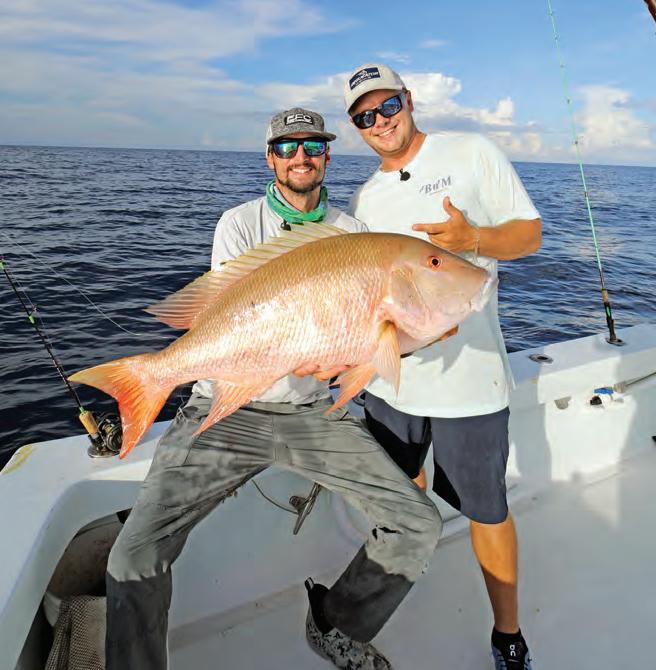

Tune in to the latest episode of Bean Sport shing TV on YouTube.








Why are More Professional Mariners Choosing Mastry
Suzuki RePower - Power, Reliable, Durable & Best Value








When Considering A Repower, Consider These Factors:
• Mastry Suzuki RePower Centers have decades of repower experience providing proper rigging, controls, propeller matching and in water testing


• With a Mastry Suzuki RePower, owners gain improved performance, less noise and greater reliability













• Options that will fit most any budget, financing available





• Mastry Suzuki RePower’s exclusive Owner’s Edge Program*
• All Suzuki RePowers come with Suzuki’s 5-years of protection

With 13 Locations Across Florida There is a Mastry Suzuki RePower Center Near You









*Get with the Program!
When you purchase a new Suzuki outboard from an authorized Mastry RePower Center you qualify to become a member of the Mastry Suzuki Owner’s Edge. Owners receive an identification card that provides them with important information about their Suzuki outboard motor as well as a passport to additional benefits during ownership. Members enjoy a detailed engine maintenance schedule, Mastry Suzuki RePower Trade Program and special pricing from Mastry Suzuki Partners.

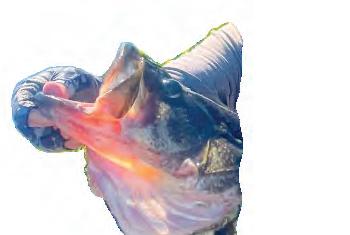
Each year, Bassmaster Magazine releases its list of the Top-100 bass lakes in the nation. For 2023, Florida landed three lakes in the top-10 of this prestigious list. For anyone who bass shes, it comes as no surprise that the Sunshine State annually ranks as one of the top largemouth states in the entire country.

Bassmaster is the o cial publication of B.A.S.S., which is an enormous tournament organization with branches that hold bass tournaments and tournament series all over the nation. To compile the Top-100 list, editors scour tournament data from the last 12 months and mine data from state wildlife agency programs like Florida’s TrophyCatch.
O.H. Ivie Lake in Texas was named the best bass lake of the year for the second year in a row thanks to an almost unbelievable string of giant bass that have come from this Colorado River impoundment. An incredible 15 bass heavier than 13 pounds came from O.H. Ivie and were registered with the Texas Sharelunker program over the last year. e largest was a 17.03-pound monster.
Texas grows big bass, and so does Florida. Coming in at No. 5 on the list, Fellsmere (Headwaters), Stick Marsh and Kenansville Lake, were grouped into a single shery. Fellsmere led the
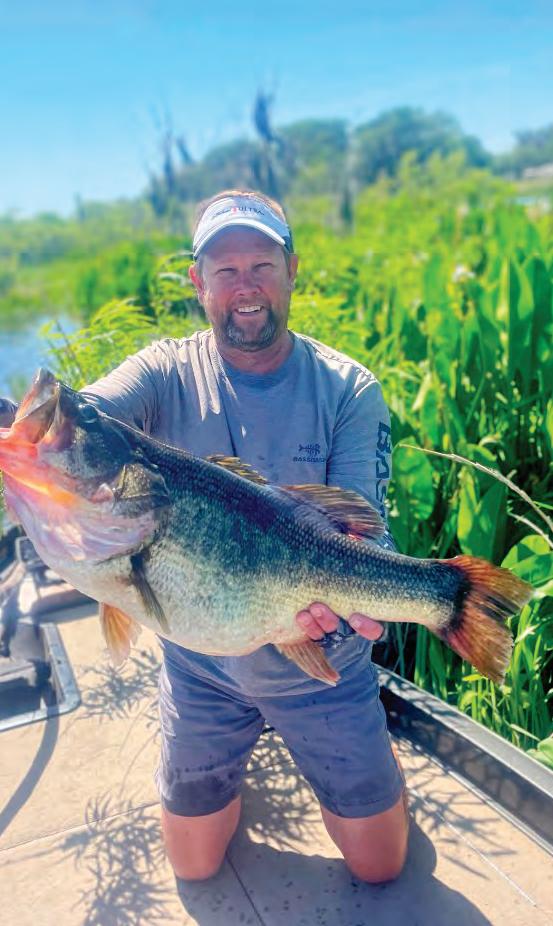
way with an awesome 73 largemouths heavier than 8 pounds reported to TrophyCatch over the last year. Fellsmere’s largest was an 11-pound, 8-ounce sh. Stick Marsh, which has been drawn down for habitat enhancements and is kayak only, produced two TrophyCatch sh, including a 9-pound, 6-ounce sh. Kenansville pitched in with seven 8-plus pounders, including a 13-pound, 10-ouncer.
Orange Lake weighed in at No. 8 in the top-10 list. is should come as no surprise if you are a regular Coastal Angler/ e Angler reader. Orange Lake has been in the headlines a lot recently, with four 13-plus-pounders including a giant 14-pound, 1-ounce sh that to-date is the largest Florida bass of the year. Orange Lake produced 50 TrophyCatch sh heavier than 8 pounds over the last 12 months. Seventeen of those were heavier than 10 pounds.
e “Big O” slid into the No. 10 spot of the best bass lakes in the nation. is historic heavyweight has solidly rebounded as one of the country’s best bass sheries. Okeechobee’s Roland Martin Marine Center Series events have produced some astounding sacks for tournament anglers. In June, Coastal Angler/ e Angler reported on a singleday event that produced 20 30-pound ve- sh limits. It took 36.82 to win, and a 29-pound sack
didn’t even crack the top 25. ose are some of, if not the best, tournament numbers we’ve ever heard of.
To see the entire list, visit www.bassmaster.com.

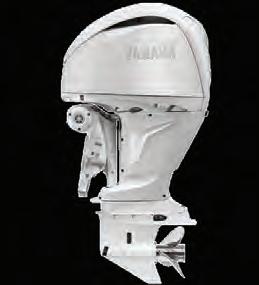
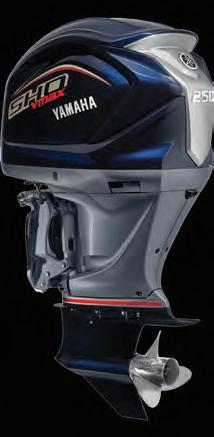



 10’s of thousands of compact tractor
10’s of thousands of compact tractor
Adding to the previously announced fall season, Florida anglers will get an additional 17 days to harvest red snapper in the Gulf of Mexico this fall. e additional harvest dates will be every Friday through Sunday in September, Labor Day and anksgiving Day. is is on top of the previously announced season, and brings the 2023 season to a total of 87 days, the longest combined season since the state assumed management of Gulf red snapper.
“
e Gulf red snapper season brings anglers from across the country to enjoy this recreational opportunity,” said FWC Executive Director Roger Young. “Being able to extend the season 17 days will allow additional access and opportunities to all who want to experience the Fishing Capital of the World.”
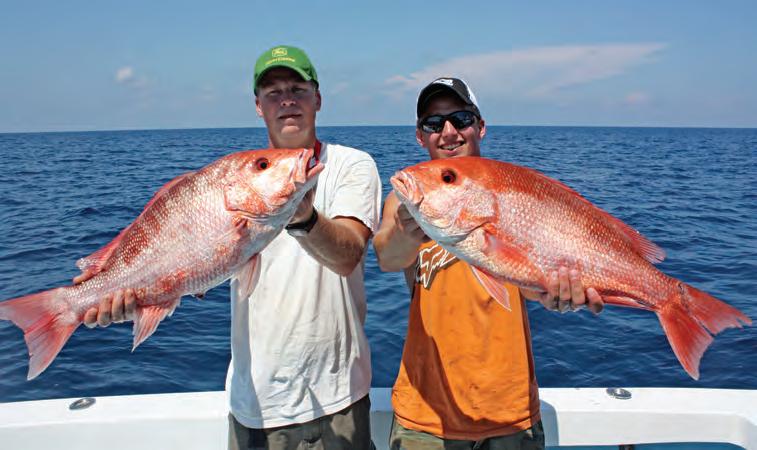
ose shing from private recreational vessels in state and federal waters of the Gulf and charter
vessels without a federal reef sh permit that are limited to shing in state waters, will be able to participate in the 2023 Gulf red snapper season. e fall season now includes every Friday–Sunday throughout the months of September, October and November as well as Labor Day and anksgiving Day. See the updated fall season dates below:
• September 1–4 (Friday–Monday of Labor Day Weekend)
• September 8–10
• September 15–17
• September 22–24
• September 29–October 1
• October 6–8
• October 13–15
• October 20–22
• October 27–29
• November 3–5
• November 10–12
( Veterans Day Weekend)
• November 17–19
• November 23–26
( Thanksgiving Weekend)
For more information, go to MyFWC.com.
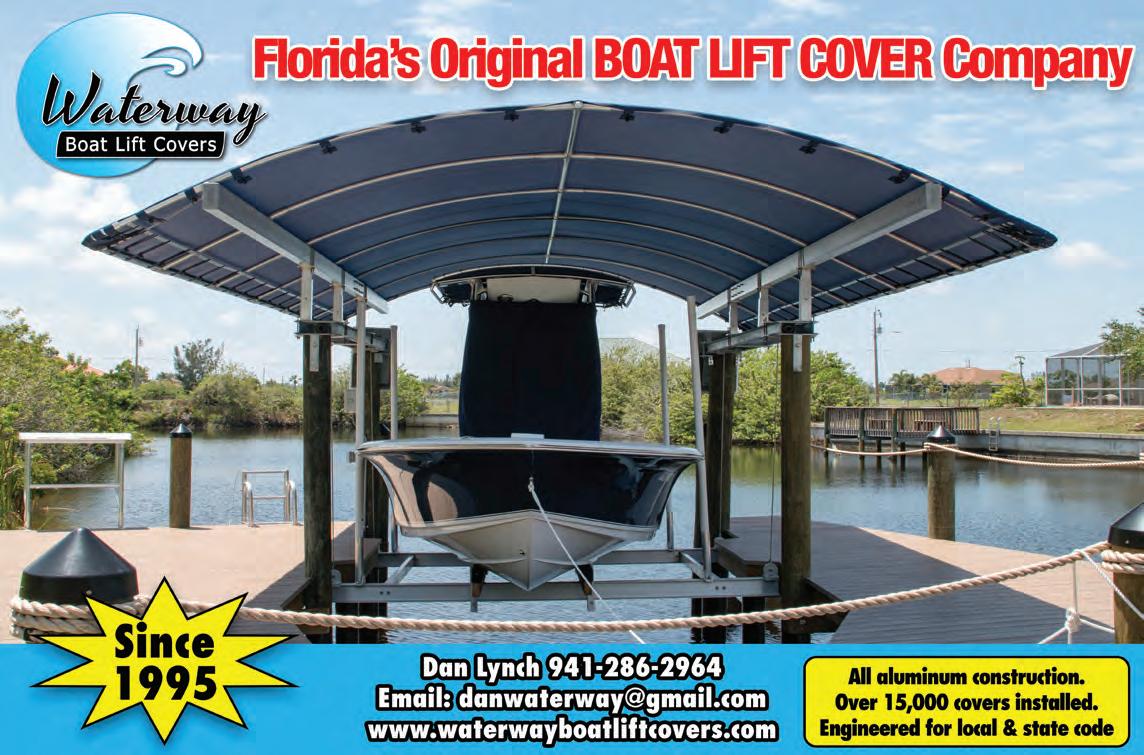





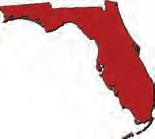




franchise owners
Jamie & Deidra Thrappas
Contributing Writers :






Marco PoMPano Freak on the Beach 386-212-4838
caPt. JaMie thraPPas Ponce Inlet and Backwaters www.YellowDawgFishing.com
caPt. Michael savedow Edgewater Backcountry www.EdgewaterRiverGuide.com
caPt. Barry englehardt Tomoka www.FishingGuideDaytonaBeach.com
caPt. evan sanders Sol Fishing with the Captain & Kids www.SolFishing.com
caPt. Bryn adaMs Central St. Johns River www.highlandparkfishcamp.com
caPt. Matt graves Offshore www.LimitlessFishing.com
Kyndal lynn Apalachicola Bay @kyndal_lynn
BlaKe aBBey Kayaking @kayakkingcharters








reel harMony fishing charters

Capt Marty Goldys
Call for a 5 star Fishing Experience
Inshore • Snook • Redfish
Tarpon • Flounder
386-679-0317
www.reelharmonyfishing.com
reelharmonyfishingcharters@gmail.com
new legacy fishing charters

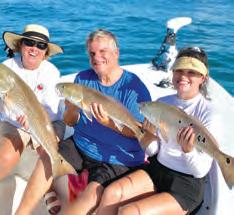




Capt Marshal Wallot
Nearshore and Inshore Fishing
Trophy Redfish & Black Drum
Tarpon • Snook & More
386-214-9595
www.newlegacyfishing.com
marshalwallot007@gmail.com
no Pressure charters
Capt austin pons
Offshore/Inshore Fishing Year round
Mahi • Sailfish • Grouper
386-566-0659
www.nopressurefishingcharters.com nopressurecharters@gmail.com



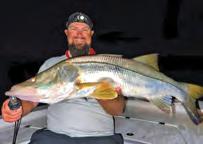

striPPin liPs fishing charters
Capt dave Caruthers
Offshore and Nearshore
Fishing Trips Year Round
Wahoo • Snapper • Grouper
Tuna • Snook • Redfish
386-383-9881
www.strippinlipscharters.com
dcaruthers50@gmail.com
coastline charters
Capt kevin Gill
Ponce Inlet
Snook • Redfish
Flounder • Triple Tail
386-222-2805
www.fishponce.com
Instagram @fishponce
Facebook @Coastline Charters
Pole dancer fishin’ charters

Capt Jeff patterson
Inshore & Nearshore Fishing
Daytona Beach
Redfish • Snook • Triple Tail • Trout
386-451-4992
www.smallboatbigfish.com
captainpatterson@yahoo.com
Knot racing charters
Capt MiChael ChapMan
Offshore & Near Shore Charters
Grouper • Snapper • Triggerfish
Flounder • Redfish

386-576-6889
www.knotracing.com
Knotracingcharters@gmail.com
caught uP fishing charters

Capt Bruno iMBrunone
Inshore and Offshore Fishing New Smyrna Beach
Snook • Redfish • Tarpon • Cobia
Snapper • Flounder
386-689-7409
www.caughtupfishingcharters.com
caughtupfishingcharters@yahoo.com
reef wrecK
Capt John “JJ”
Offshore and Near Shore Fishing
Charters “ Year Round”
Snapper • Grouper • Shark Trips
Redfish • Snook • Cobia
386-402-3957
www.reefwrecker.com
johnjellis1996@gmail.com
driftwood

Capt Jarrod
Inshore/Nearshore/Offshore
Seasonal Wahoo, Swordfish, Tuna, Deepdrop trips
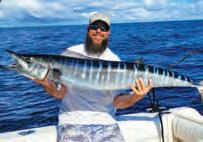
386-295-7908
Capttutt@gmail.com
www.Gofishponce.com








Captain & The Kids strives to always promote youth anglers both at the local level as well as nationally through our “Youth Angler Program.” If it was not for passing down techniques, traditions, and the love for the water, it would slowly fade away. It is our mission to always instill conservation and ethical fishing to our youth! Pictured is Sol Fishing Co-Owner, Capt. Adam with his daughter Lily! Even at the young age of 5 years old, the love for the water runs through her veins. These two spend more time playing with fishing gear such as nets, baits, rods, and reels than any other! If you ask Lily, what would you like to go do, she will respond “Let’s go catch a fish and go to the island.” When Lily is not on the boat reeling in the big catch, you can find her practicing her casting at her home and helping her dad pick out the best no Live Bait needed lure for his next Youth Angler Trip! This little lady is the future of fishing and is why Sol Fishing supports Youth Fishing!
What is Sol Fishing’s “Captain & The Kids” youth angler program? Capt. Evan Sanders and Capt. Adam Coniglio owners of Sol Fishing and participating Captains across the country take hundreds of youth anglers out fishing free of charge every year! Youth anglers must be between the ages of 5 to 17 years old and are allowed to be accompanied by one of their parents for the trip.

Capt. Evan & Capt. Adam started the “Captain & The Kids” Youth Angler Program after finding out how many kids in the new Smyrna Beach area had never been fishing, never been on a boat, and were born and raised in the area... Since that day Capt. Evan & Capt. Adam strive to getting more and more youth anglers on the water each and every year! Sol Fishing will do everything possible to make every young man or ladies fishing dreams come true. It does not matter if the kids want to go offshore or inshore, Sol Fishing will target whichever species they want to catch. Some of the most recent species that the youth anglers have been wanting to target are red snapper, lane snapper, cobia, amberjack, sharks, barracuda, redfish, and snook.
September is the month that changes the summer pattern of snook, reds, tarpon, and many more of our favorite fish due to the huge migration of mullet. Tomoka may benefit from the migration depending on the mullet making their way north in the river. The best chance for that is dependent on the temperature of the beach. If it gets cold the mullet will venture into the river.


Work the basin looking for mullet being chased and when you find them use a surface plug that has rattles or a popper that throws water and any plug that resembles a mullet. If you own an umbrella rig give it a try. When the lure action subsides use live mullet 4 to 6 inches and larger for the tarpon. You can freeline the mullet, hook them to a popping cork or a bottom rig with a slip sinker. Up river fish the mouth of the mosquito canals that are good ambush areas for the snook and reds. Look up the canals and along the banks for wading birds which is a sure tip that the mullet are there.
Enjoy the month it is a great time to be on the water!


 capt. Barry EnglEhardt Fish With Captain Barry fishwithcaptainbarry.com
capt. Barry EnglEhardt Fish With Captain Barry fishwithcaptainbarry.com
(386) 871-8500

September is the end of the hottest part of the year for us weather wise meaning we are still in a summer pattern but everything is about to switch gears for the fall. The best fishing will be done early morning, late afternoon, and even at night. There will be a good bite going on around the inlet and the beaches for tarpon, one of my favorite fish to target in September. Free lined baits like crabs, mullet, pin fish, select shrimp, and croakers will get you a hook up. I like to do this during an outgoing tide where I see tarpon actively feeding. It’s a gamble but keep casting your bait up current and drifting through the fish. While doing this I will also pitch large soft plastics where I am seeing fish like nLBn 5” and bigger paddle tails, Hogy jerk baits, and other larger baits for additional hookups. I will also be focused on redfish and snook at the inlet in September. Same as for the tarpon I prefer the outgoing tide but I typically will focus on the bottom for these fish with a Carolina or fish finder rig. Live bait choices here during the month for us will be live mullet, pinfish, and croaker. When I mark a lot of fish I will also throw flair hawks (buckeyes) and large paddle tails with heavy jig heads so I can brush or bump the bottom. When the morning bite slows down, I
shift gears and focus on flounder or mangrove snapper this month. They are usually thick around structure and moving water and it’s a great fish to take home for a nice dinner. Live shrimp and mud minnows are my favorite bait choices to get these fish. As always get out there and catch some fish and if you see us on the water, please say hello!
capt. JaMiE thrappaS
Yellow Dawg Fishing
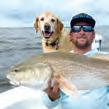
www.yellowdawgfishing.com

(386) 366-3424
Iwait all year long for the first day of fall arriving in September after the long Florida summer. The first fishy change of the season is the start of the mullet run, most of the migrating baitfish stay in the ocean along the beach and near the inlet. But some of the schools come inside and travel along the intracoastal waterway on their journey south and are followed by inshore migratory game fish. Cast net mullet for bait and use the larger ones for Bull Redfish, Tarpon, Sharks, and bigger Snook. Use finger size for Jack Crevalle, Bluefish, Ladyfish, Spanish Mackerel, as well as resident fish like Flounder, Trout, Mangrove Snapper, slot size Reds, and Snook. Free line baits on the surface or fish them deeper with a small weight under the bait schools. Try live mullet, fresh dead, or cut. Lure and fly fishermen can have good action with top water or subsurface lures which imitate mullet. Snook season opens September 1, with a bag limit of 1 per person. Slot size limit is 28” to 32” overall length with a snook permit on your fishing license required to keep one. Best places to target snook in our area can be the Intracoastal Waterway bridges and docks, Ponce Inlet channel and jetties, Spruce Creek, Tomoka area, Haulover Canal, and also in the Edgewater Backcountry. Try mangrove & oyster shorelines and points with deeper drop-offs and flowing current. Use a larger bait or lure to target keeper size snook. You can also try live mullet, pinfish, pigfish, croakers or large shrimp. For artificials use swimming type plugs for surface action or jigs for fishing deep. Fall can have some of the best
action of the year at Ponce Inlet. Main attraction are big spawning Redfish also Snook, Sharks, and Tarpon. Drifting the inlet channel and its western entrance is the most popular technique, free lining whole or half blue crabs, live pinfish, pigfish, or mullet. Outgoing tide can be the best choice most days. Use heavy enough tackle to land the big Reds quicker not to stress them any more than necessary by an extended fight with light tackle. Best way to photograph your trophy
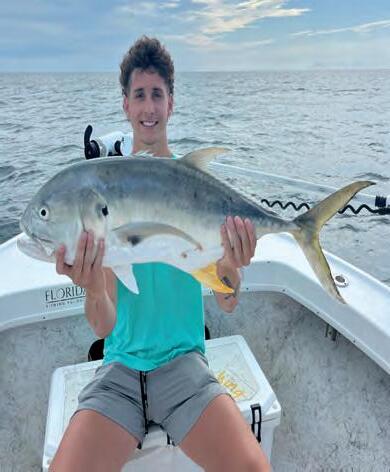
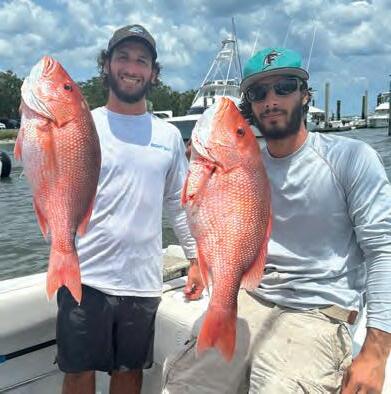

red is to hold them horizontal do not hang them vertically by the jaw with a fish grip and return them to the water as fast as possible. If you want to know the weight of your big red or any large fish, measure the length and girth with the fish in the water, then calculate the approx. weight using the formula length times girth squared divided by 800. Late summer patterns will continue for a while longer in Mosquito Lagoon. For Seatrout, early morning use top water lures and soft plastic jerk baits. After the sun is up, live pigfish or croakers freelined on drop offs or in holes and sloughs near mullet schools are best. For lagoon Redfish, stay shallow with soft plastics or use select shrimp, live finger mullet, or cut bait. night time dock light fishing will continue to be good. Fall migratory fish arriving will also be feeding on baitfish and shrimp attracted to the lights. Snook, Trout, Jacks, Bluefish, and Ladyfish can be thick at the right lights I recommend to fish moving tides especially outgoing for the best action. Remember Redfish are Catch & Release only in Edgewater Backcountry and all of Mosquito Lagoon.
capt. MichaEl SaVEdow
Edgewater River Guide
EdgewaterRiverGuide.com
(386) 689-3781

• Named by U.S. News & World Report a top Online Bachelor Program / Ranked #1 in the Florida College System.



• Daytona State is your gateway to Florida’s public & private universities including UCF, UF, FAMU, Stetson, Bethune-Cookman and more.


• Get done faster with accelerated options & flexible class schedules.
• Earn certificates, associates and bachelors degrees in Business, Accounting, Healthcare, Education, Engineering Technology, Information Technology, Cybersecurity, Criminal Justice and more.


Megalops. Sounds like the name of a movie where an oversized, prehistoric fish attacks boats, right? While I’m sure Hollywood is busy writing that script, it is actually the scientific name for Tarpon. Tarpon are beautiful, silver fish that can reach up to 8 feet long and weigh up to 280 pounds. By those stats alone, the Megalops name is more than fitting. Tarpon can be found in shallow coastal waters and estuaries. They also thrive in low oxygen tidal creeks and bays due to their ability to “gulp” air. Ever wonder why tarpon are such great fighters? Unlike other fish, they do not rely on gills alone to oxygenate their bodies. With their capillary lined swim bladders, they are capable of gulping air and providing their body with more oxygen. This allows Tarpon to fight harder and longer.
now that I have appeased the science side of myself, the angler side of me is ready to take over! Why am I writing about Tarpon this month you ask? Only because I just got back from a trip where I landed my personal best, a 120 pound stud! I have been lucky enough to land some juvenile tarpon in my fishing career, but was looking for something a little more challenging. I set out to find a Tarpon that was going to make me sweat. Rumor has it that they grow them big in Charlotte Harbor, so I shot across the state and started my hunt.


The day started off by drifting through the pass where we were marking more fish than I had ever seen on a bottom machine. There were Tarpon rolling around the boat, but they were completely uninterested in the fine cuisine we were presenting. Due to their lack of cooperation, we





headed slightly offshore where we found a group of Tarpon that were CHEWI nG! We saw the school rolling and tossed a crab in front of them. It was a matter of seconds before my line was hit like a freight train. Tarpon swallow their food whole, so when they hit your bait, you know it. Over the next ten minutes I got a better workout than I have ever gotten in any gym as I “bowed to the silver king”. Once the fish was boatside, I rushed to get my hands on the beast! I have heard a Tarpon’s mouth is like sandpaper, but this sandpaper was aggressive and ready to be off the hook. I grabbed its jaw and snapped a quick picture before reviving it for a healthy release. Seeing that big eye catch one last glimpse of us as it swam off was something I will never forget.
As I sat on the gunwale of the boat sweating, out of breath and bleeding from the very aggressive “sandpaper” mouth, I couldn’t help but to think to myself, “This is why I love fishing”. Whether you go out and land a ton of fish or just spend the day with friends on a boat, you always come home with a fun story. Until next time, tight lines!
 Kyndal lynn Follow on social media: @kyndal_lynn
Kyndal lynn Follow on social media: @kyndal_lynn






















Today I went out of Matanzas Inlet on my Old Town PdL 120. The goal was specifically to target large tarpon. Traditionally this time of year they are all up and down the beaches about 100 yards offshore. I like to cast net the bait that they are feeding on as well as take a bucket with live mullet or croakers. I use a 40-60lb liter with a 5/0 circle hook. On this day I could see the tarpon jumping out of the water just past the break. I paddled out and met up with a buddy that was already on a pile. I hooked up with 4 big ones that didn’t last long, but finally got one in the 100lb range buttoned up and went on a “slay” ride. There is literally nothing better than being pulled around by a massive tarpon for 30 minutes and watching them go airborne right in front of you. I took my time and got a liter touch and popped it off just in time before the storms rolled in. My buddy ended up landing a nice fish in the 80lb range as well. If I you are cruising the beaches this month looking for tarpon, just keep an eye out for the birds. If the birds are bombing bait, the tarpon are most likely around that area. It’s always my recommendation to revive these fish as best as you can and limit your time handling them. After a long battle they will be gassed. If you find that you are breaking off too much and they are really feeding, they will bite on a 100lb liter. I always like locating fish first and then just freeline drifting my bait around the pod of bait. If you are going to bring some artificial baits with you I recommend a nLBn 8 inch paddle tail and slow roll it on the bottom. There’s really nothing like that feeling you get when a freight train smashes your bait and skyrockets into the air. Tarpon fishing in the surf is hot right now and I highly recommend getting out there on your kayak and giving it a try. Tight lines!

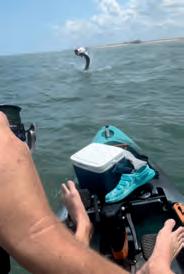



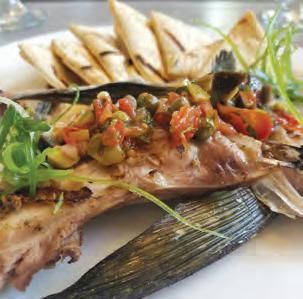



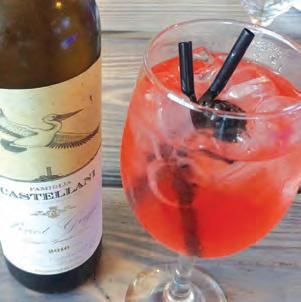



September is still dog days of summer for us on the great St. Johns River. While we are still in the summer doldrums, you can get your limit by fishing early and late and by fishing smart. Because it is so hot during the day, it is important to start your fishing trip very early. Your first three hours of daylight will usually be the most productive. Also, with water temperatures ranging in the eighties, fish don’t move as fast as normal. So, slow your retrieve down – be more patient.
For bass, start shallow early and then finish in deeper water as the temperature rises. Spinner baits, 1/4 oz to 3/8 oz size with Colorado and willow leaf blades in white or chartreuse color or a combination of both and top water plugs. Try a Devils Horse, in spotted ape or frog pattern and fish spatter dock lily pads and stick ups and tree tops in the shallow water areas and backwaters of the St. Johns River and area lakes. Also try crank baits around deeper tree tops and underwater structure. Live bait like wild river shiners are always productive this time of year. Fish your shiner under a bobber 2-3 feet in depth. Use a weedless hook to match the size of your bait, typically 2/0 to 3/0 works best.

We are also seeing real good catches of warmouth and bluegill coming in recently. For warmouth Perch, throw a dark colored beetle spin near treetops and lily pads and shoreline cover in backwater creeks. Or swing a minnow with a pole and sliding bobber near cover. Some good areas are Harry’s Creek, Eph Creek and south norris Dead River.




Accarde Tackle makes a 211 Bream Killer with a #6 hook that works great on a fly rod. Black, chartreuse, and yellow are the best colors. They have long rubber “legs” that are very attractive to panfish. Even if you don’t have a fly rod, rig a 14-foot cane pole with 16 feet of 10-pound mono and “sling” the killer to the edge of the bank and pop it back slowly. The action is exciting.
For a up to date report call us at Highland Park Fish Camp 1-800-5253477.















September is here and it’s brutally hot out there. But with that comes calmer seas and our summer bait. One of my favorite things to do during September is hit those nearshore reefs and wrecks for those doormat flounder. This is personally my favorite month to target these fish as they really start to stack up on these nearshore reefs and wrecks. What’s great about fishing for these flounder is it’s easy to do and the bait you need is easily accessible. Lots of finger mullets start to pile together on the shorelines which is in my opinion your best option. Set up a knocker rig or fish finder rig using 20-25lb fluorocarbon leader. Depending on current I like to use a 1 1/2 egg sinker as I can still feel the bites well. I like to fish the edges of these reefs and wrecks as these big flounder pile up in the sand next to them. Cast out a ways off the reef or wreck and slowly drag it toward you. This way you cover plenty of area until you can find a good group of fish. Remember to check you rules and regulations as they have changed in the past few years.
capt. Matt graVESLimitless
Fishing Charters



www.limitlessfishing.com
407-222-4408




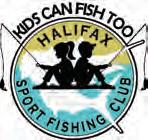







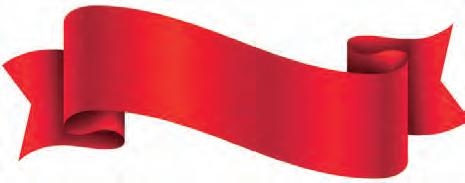










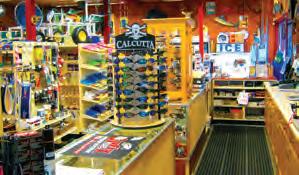

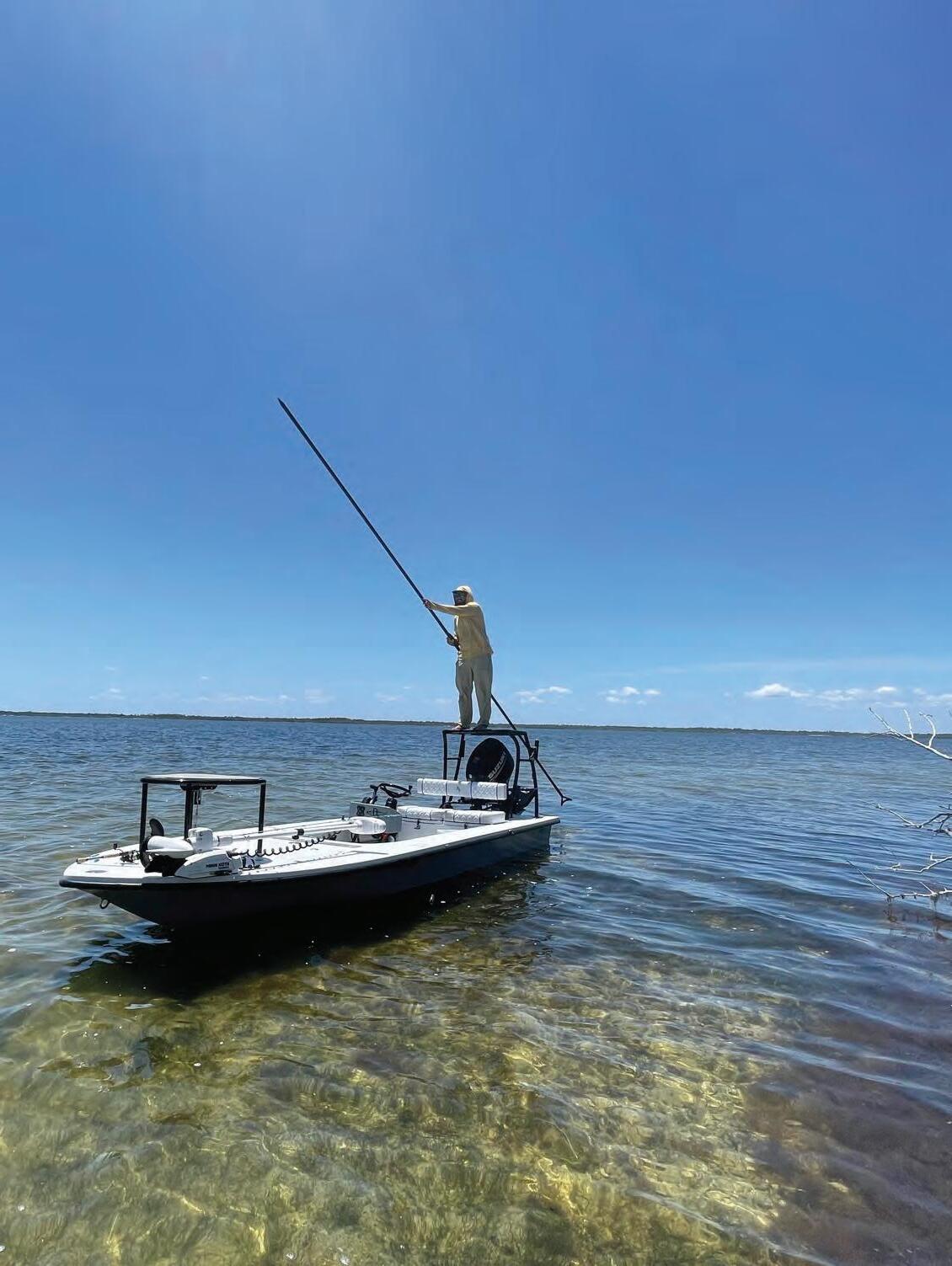

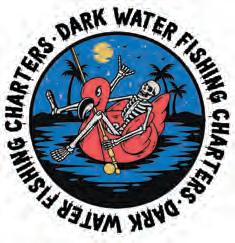









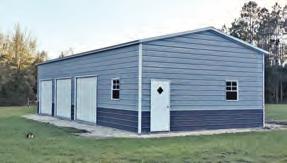

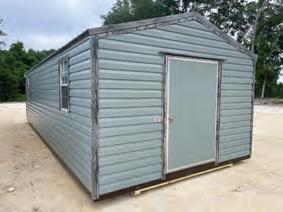











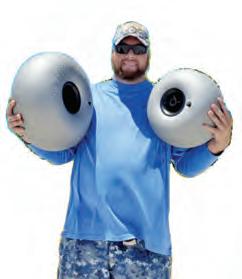

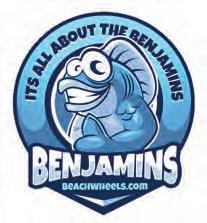


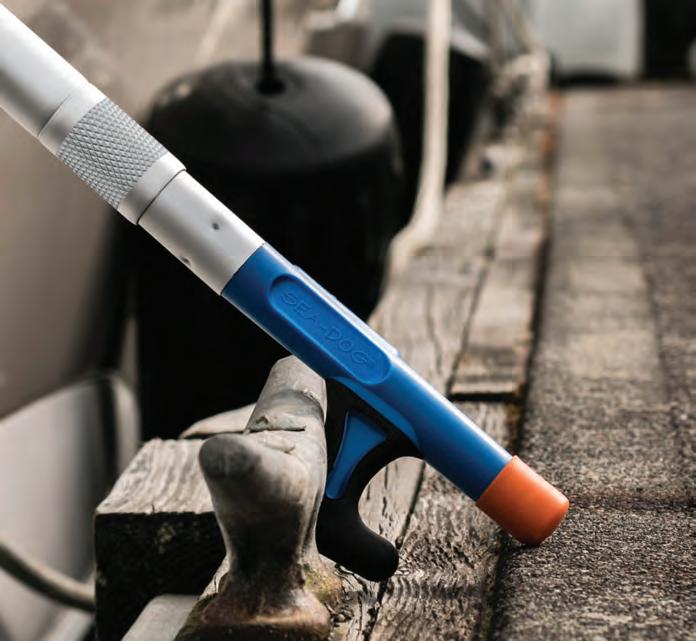







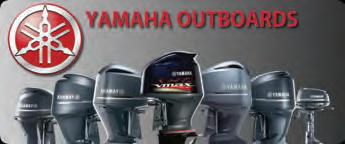
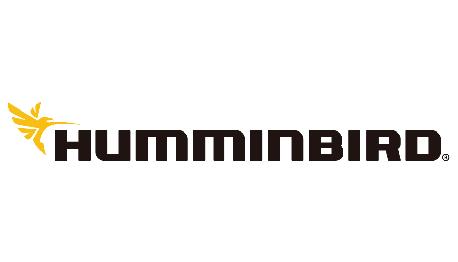









With summer tourism starting to slow down, this month can be one of the better times to visit the Florida Keys. As demand for accommodations drop, so do prices around the Keys. Wait times are less, and charters have more availability for last-minute travelers.
Provided that the hurricanes are playing nice, September o ers a nice opportunity to hit the end of mahi season, or to enjoy a reef that’s less crowded than normal.
All the snapper shes are red up this time of year, but the most notable are the mangrove snapper. Mangrove snapper are spawning and there are epic catching days to be had before and a er the full moon. Knocker rigs or jig heads will snipe them o the bottom with just about any bait. Small live pin sh and ballyhoo are very e ective. When using dead ballyhoo, the whole bait can be dropped, or cut in half. Break the beak o and hook through the head side, or cut the tail o ever so slightly, and hook them through that cut, making sure the hook loops around the spine.
By Capt. Quinlyn Haddon
Sword shing is another great option right now. ere are still mahi to be found on your way to and from the swordgrounds, but not so many that you feel obligated to stop on every cluster of red-up diving birds. Fishing for sword sh can be a large undertaking for time, tackle and fuel, with a high skunk-out risk rate involved, so it’s always nice to have the chance at some other species along the way. Unlike in the middle of summer, when the ocean is alive with feasting mahi, you can actually make it out there without stopping every mile along the way.
Snowy grouper is closed, but deep dropping o shore is still a viable way to ll the cooler with rosies, tile sh, yellowedge grouper and barrel sh.
As we transition into the autumn shing season, many factors are at play for predicting our shery this month. Call a local captain to nd out the latest report, and come visit the Keys during the cheapest travel month of the year!



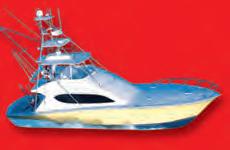
Capt. Quinlyn Haddon shes with Sweet E’Nuf Charters out of Marathon, Florida Keys. Contact her at (504) 920-6342, check out her website Quinlynhaddon.com and her social @captainquinlyn.


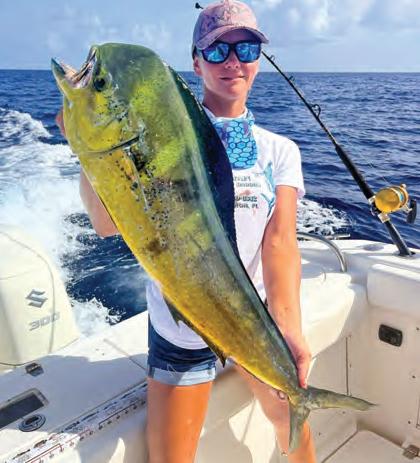
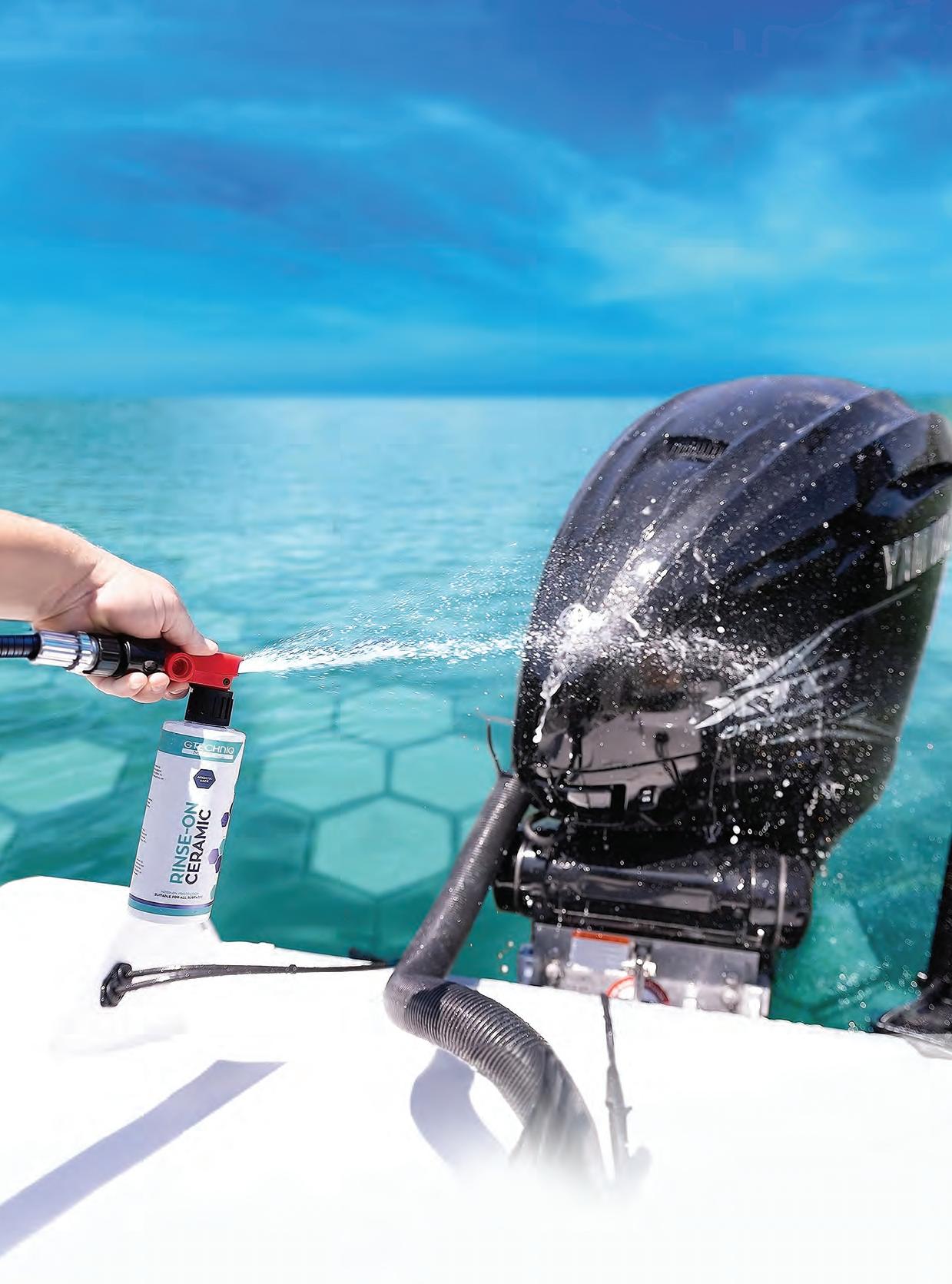




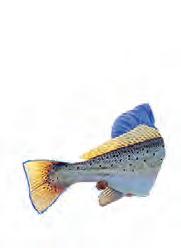

A10-pound, 10-ounce seatrout caught in Ponte Vedra was recently certi ed as a new IGFA men’s 20-lb. tippet class world record.

e gator trout was caught on the Dr. Jay Wright on March 23.
Wright was shing with guide Matt Chipper eld of Chip’s Coastal Charters when the big girl ate a bait sh pattern. e sh was documented and weighed on IGFA certi ed scales to ll the world record category, which was previously vacant.
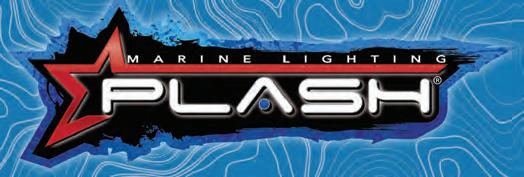
In an Instagram post, Chipper eld said he and Wright had been pursuing the record sh for ve years and gave the measurements for the huge ycaught trout. It was 30 inches long with a 17-inch girth. A er documenting, the big breeder female was carefully released.
“Catching a speckled trout of this size is special on any tackle. But doing this on y… it’s HARD,” wrote Chipper eld. “It requires discipline, patience and skill. Guiding “ e Doc” to this sh is a moment that I will cherish for the rest of my life.”
Wright is no stranger to the record books. He holds several IGFA y tackle world records for seatrout. Along with this most recent 20-pound tippet record, he also holds the 12- and 2-pound tippet class world records for seatrout. His 2-pound tippet record was a 9-pound trout caught from Mosquito Lagoon in 2018. His 12-pound tippet record weighed 11 pounds, 8 ounces and was caught o Fort Pierce in 2007.
For more record sh, go to igfa.org.





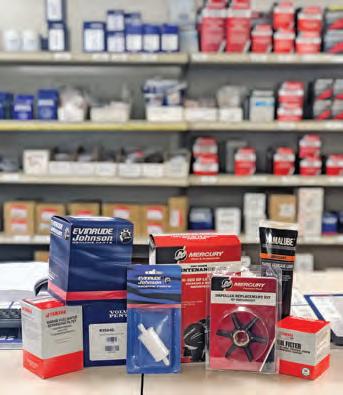
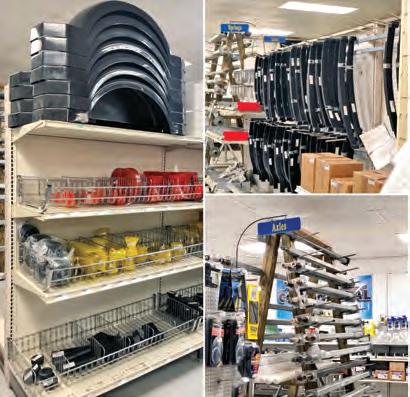
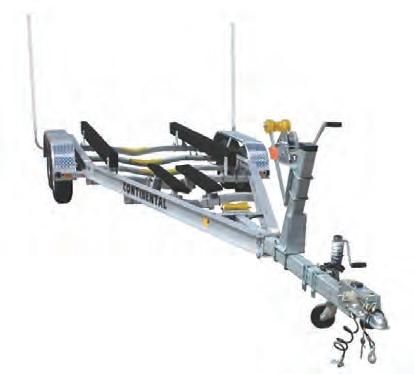



















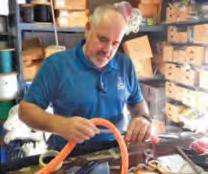

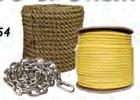


When


it’s you against nature, there’s only one tool you need: the stainless steel River Canyon Bowie Knife—now ONLY
You are a man of the wilderness. The only plan you have is to walk up that mountain until you feel like stopping. You tell your friends that it’s nothing personal, but this weekend belongs to you. You’ve come prepared with your River Canyon Bowie Knife sheathed at your side. This hand-forged, unique knife comes shaving sharp with a perfectly fitted hand-tooled sheath. The broad stainless steel blade shines in harmony with the stunning striped horn, wood and bone handle. When you feel the heft of the knife in your hand, you know that you’re ready for whatever nature throws at you. This knife boasts a full tang blade, meaning the blade doesn’t stop at the handle, it runs the full length of the knife. According to Gear Patrol, a full tang blade is key, saying “A full tang lends structural strength to the knife, allowing for better leverage ...think one long steel beam versus two.”
With our limited edition River Canyon Bowie Knife you’re getting the best in 21st-century construction with a classic look inspired by legendary American pioneers. What you won’t get is the trumped up price tag. We know a thing or two about the hunt–– like how to seek out and capture an outstanding, collector’s-quality knife that won’t cut into your bank account.
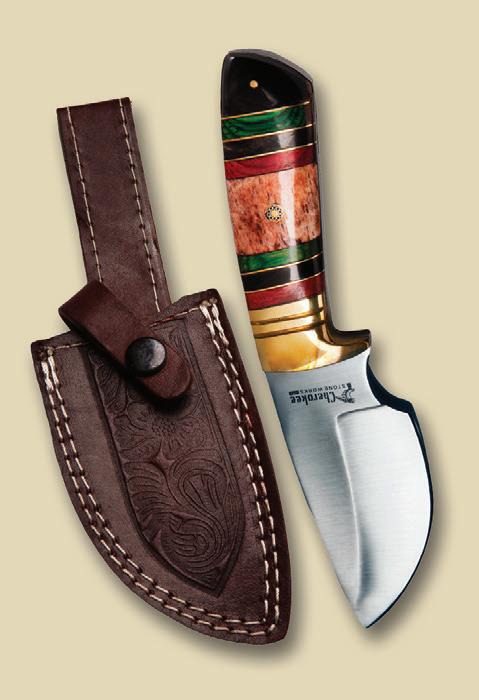
This quintessential knife can be yours to use out in the field or to display as the art piece it truly is. But don’t wait. A knife of this caliber typically cost hundreds. Priced at an amazing $49, we can’t guarantee this knife will stick around for long. So call today!












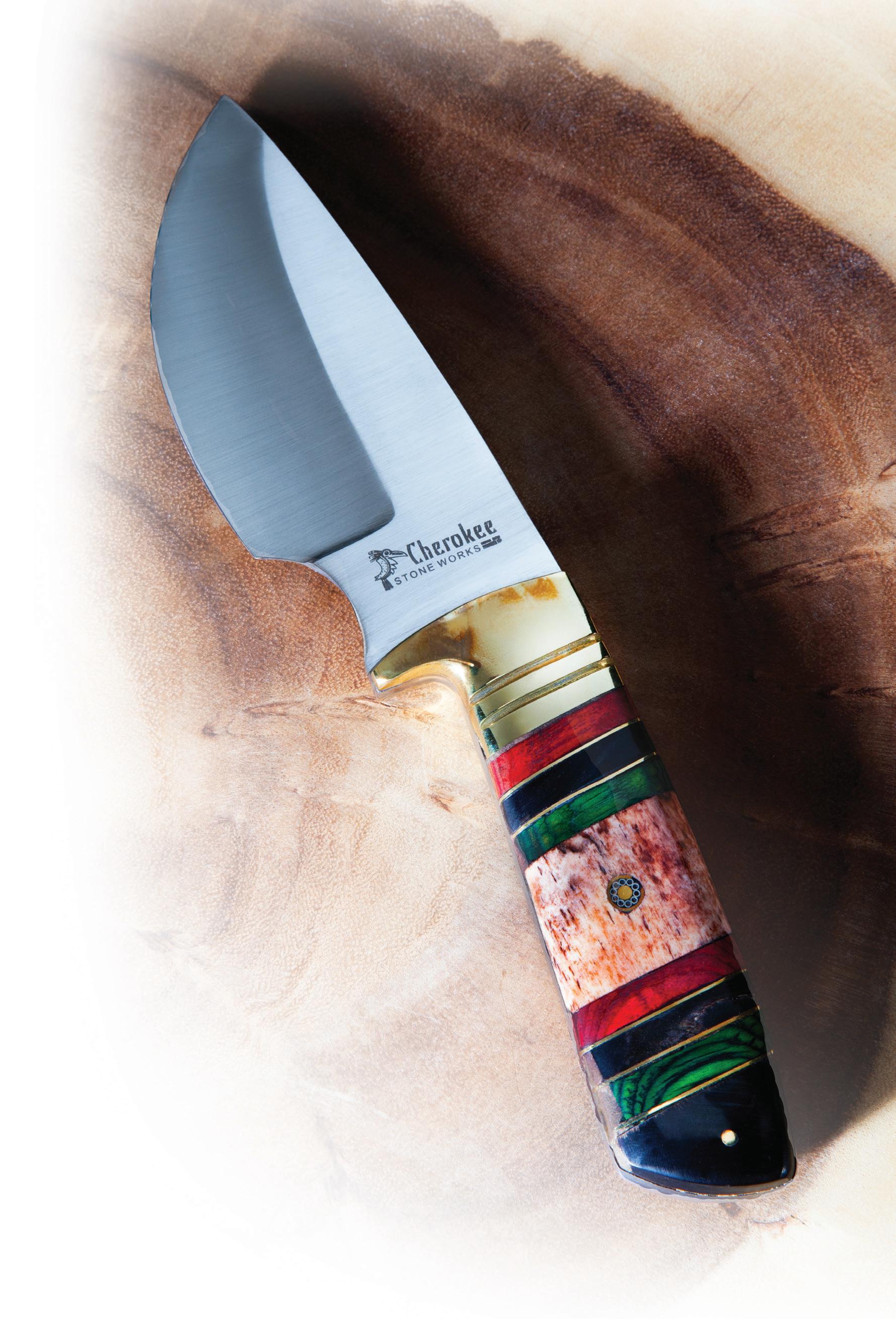
off, the shipping was fast and the quality is beyond what I paid for the knife. Overall I am a satisfied customer!”
—







September is a new beginning of sorts when it comes to saltwater shing on the Gulf Coast. First, it is somewhat cooler, although some of our visiting northern neighbors might not agree. Many anglers nd themselves torn between other passions and obligations, some of which include school in session, weekend sporting events, dove and deer hunting, and the list goes on. ese activities thin the herd of boats on the water and opens the bays back up for those of us who focus all of our free time on the water.
is is de nitely noticeable at the boat ramp the rst weekend a er Labor Day, and I can’t wait!
Less boat tra c means shing the mouths of bayou drains is wide open. I avoid these areas for safety reasons when there’s heavy boat tra c. I just don’t like boats driving over my lines or waking me, which is what happens if you sh in a boat lane during peak season. I like drains in back lakes this time of the year, because they hold “the big three”: trout, red sh and ounder.
I will speci cally target ounder in these areas in September and early October. Since the spring migration, these tasty morsels have been working their way as far back in the marsh as they could get. With autumn around the corner, they start to congregate in these drains. Outside of the fall run, many anglers do not target these ground huggers. With the pressure light,
the ounder bite can be lights out for those who know where and how to target them. part is you might not see another boat all day!
An outgoing tide is optimal to stake out one of these drains. e tide carries bait out of the deeper bayou and adjacent marsh grass and sends it on a deadly path with hungry ounder fattening up for their winter spawn. When the bite is on, it is not uncommon to see ounder breaking free of the water’s surface chasing a meal. e time I witnessed this years ago, it took me awhile to gure out what was jumping. I will never forget that day!
Paddletail so plastics are my go-to in this situation. I like bright colors such as white lightning, chartreuse with glitter, or pearl with a chartreuse tail in a 4-inch or 3.25-inch bait. Keep the lure twitching along the bottom. Quick jerks with the rod tip pointing down activates the tail vibration and kicks up clouds of mud, which really grabs their attention. A so plastic with a tail rattle adds an extra attractant.
Get a jump start on your ounder x before the rst cold front and the long lines of anglers targeting them during the fall run.


Fish know fall is coming because of the reduction of daylight minutes in a day. e shorter days make a lot of species start a whole new pattern of activities. For example, the grouper complex will start the process of moving into traditional spawning areas. at migration mirrors the cigar minnows, sardines and squid. I’ve always said this and will say it again: Find the bait, nd the sh!
e cigs and sardines form large schools that attract a number of predators including kings and sail sh on the surface, and the big snappers and grouper will be on them as well. e shortened daylight hours become obvious during the middle of this month, when it triggers the “feed” to fatten up for winter and the spawn. Go to the traditional areas you’ve found bait in the past, and that’s a great place to start shing.
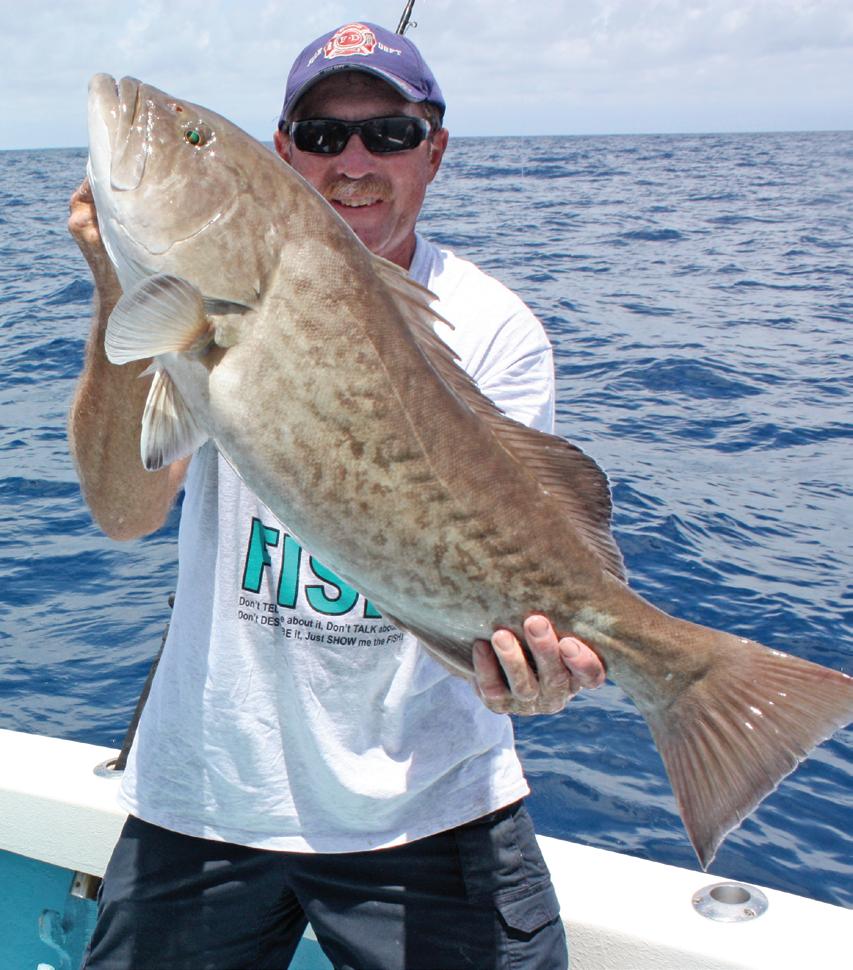
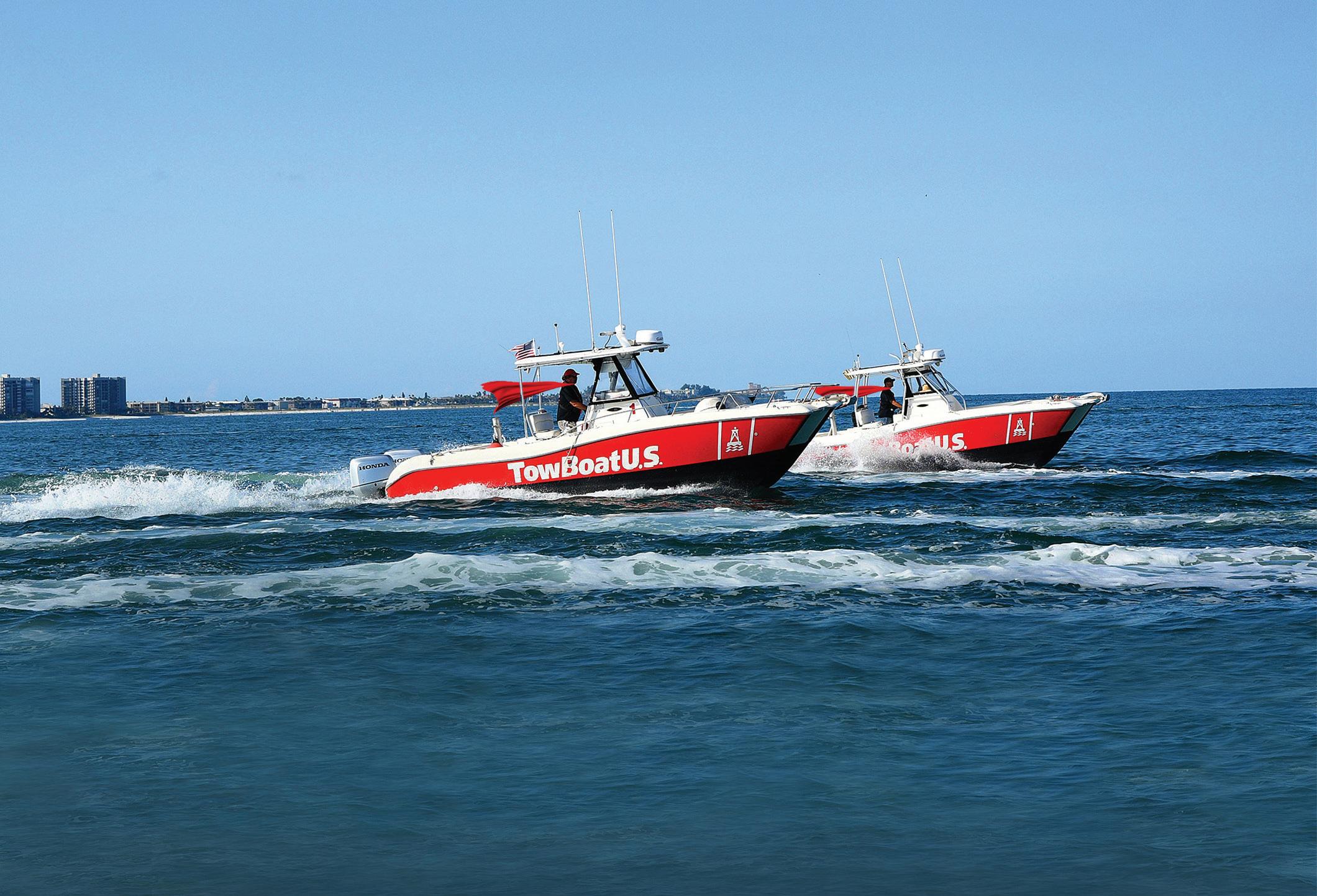
Another thing I’ve said in the past is: don’t go to a Chinese restaurant and order a pizza, meaning don’t drop baits that are foreign to sh that are working a school of cigs and sardines. Always have a couple boxes of frozen cigs and/ or sardines just in case you can’t nd the
bait. At least you’ll have bait that “matches the hatch” of what they normally eat.
I try to stay on the sabiki catching baits while everyone else on the boat is shing with grass grunts, sailors choice, cigs/sardines, etc. If you get on a big knot of cigs or sardines, it might be helpful to have two people on the sabiki lling the livewell. e best bait of all is whatever is there. Just put it right back down.

is is also the time of year to nd squid inshore, mixed in with cigs and sardines. If you have a live squid for bait, its life expectancy is under 10 seconds once it touches the bottom on a jig. It’s an instant bite, just like several other baits mentioned above.
e only problem I have with the live or frozen minnows is everything on the bottom will give them a whack, and you wind up catching a lot more snapper and smaller bass than if you use a larger live bait. We almost always have live pin sh from the marina that eliminate most of the trash bites. If you have a larger pin sh, grass grunt or sailor’s choice on the jig, nothing but larger bass, grouper, jacks and big snapper can put it in their mouth. I like to speci cally target grouper by putting the larger live baits down on the jig that eliminate the undesirable bites. Of course, this is a very attractive bait to the sharks, also. Every now and then you have to pay the “tax man” in a grey suit, but that’s just the chance I take. Check out some of the rigging and shing videos on the website or on youtube to see what I’m talking about.
See more from Tim Barefoot at Barefootcatsandtackle.com.

Alaska’s new state record shortraker rock sh was caught in late July. On uncerti ed scales at a remote shing lodge, it weighed 48 pounds, which would have crushed the existing IGFA world record by about 4 pounds. e angler, charter guide Keith DeGra , however, chose to preserve the meat by bleeding the sh instead of waiting to get an o cial weight on certi ed scales.

Days later, when DeGra nally got a certi ed weight in front of an Alaska Game and Fish representative, the sh weighed 42.4 pounds, which was good enough to set a new Alaska state record.
“It feels like the biggest accomplishment of my shing career,” DeGra said. “ is species takes time and dedication to drop down to such huge depths, and I spent a whole lot of hours and reeled miles of line trying to break this record, and it nally came to fruition.”
DeGra caught the sh from Prince William Sound on July 28 with his ancée and some friends from a rented boat. DeGra was shing 1,000 feet deep with a conventional (non-electric) Avet 2-speed 30/2 reel, a custombuilt Adventurous Custom rod built by Derwood Roberts, 3-pounds of weight, 80-pound braid and a circle hook baited with salmon and herring. e previous Alaska state record shortraker rock sh weighed 39.1 pounds. It was caught by Henry Liebman in 2013. e IGFA all tackle world record weighed 44.1 pounds. It was caught in 2017 by Angelo Sciubba at Cross Sound, Alaska, but it’s not recognized in the Alaska Game and Fish list. For more information, see www.adfg.alaska.gov.
Industry leader Dometic is o ering a “new turn” on steering for a whole new category of cable-steered boats that have o been overlooked when it comes to driving innovation.
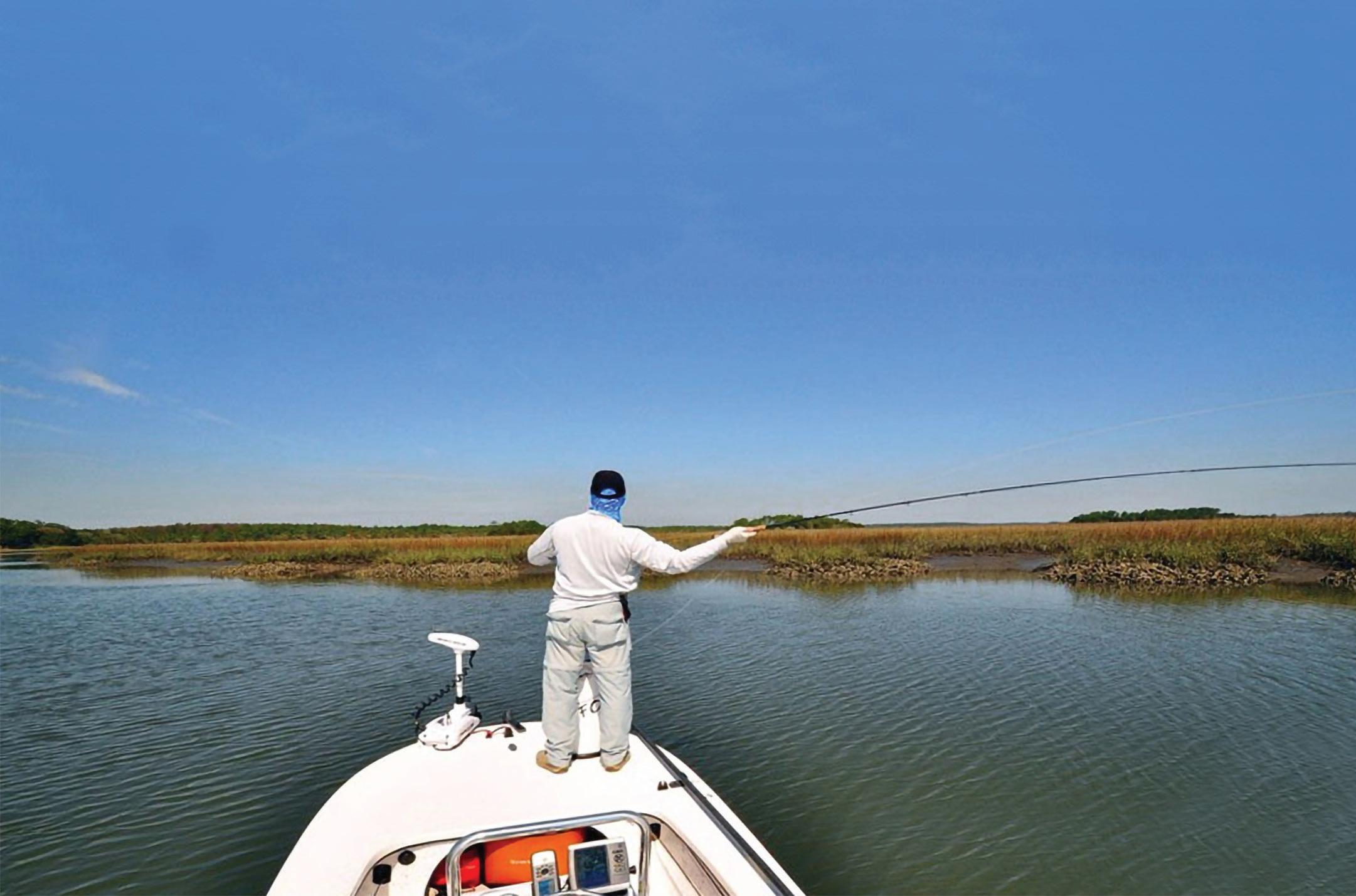


Designed to integrate with a boat’s existing SeaStar cable steering system, new Xtreme Power Assist (XPA) steering provides smooth, e ortless electric power steering for a range of boats with single outboard motors from 90 to 200 hp. is makes it ideal for smaller ats boats, center consoles, shallow water open ski s and other coastal shing vessels that currently use mechanical steering.
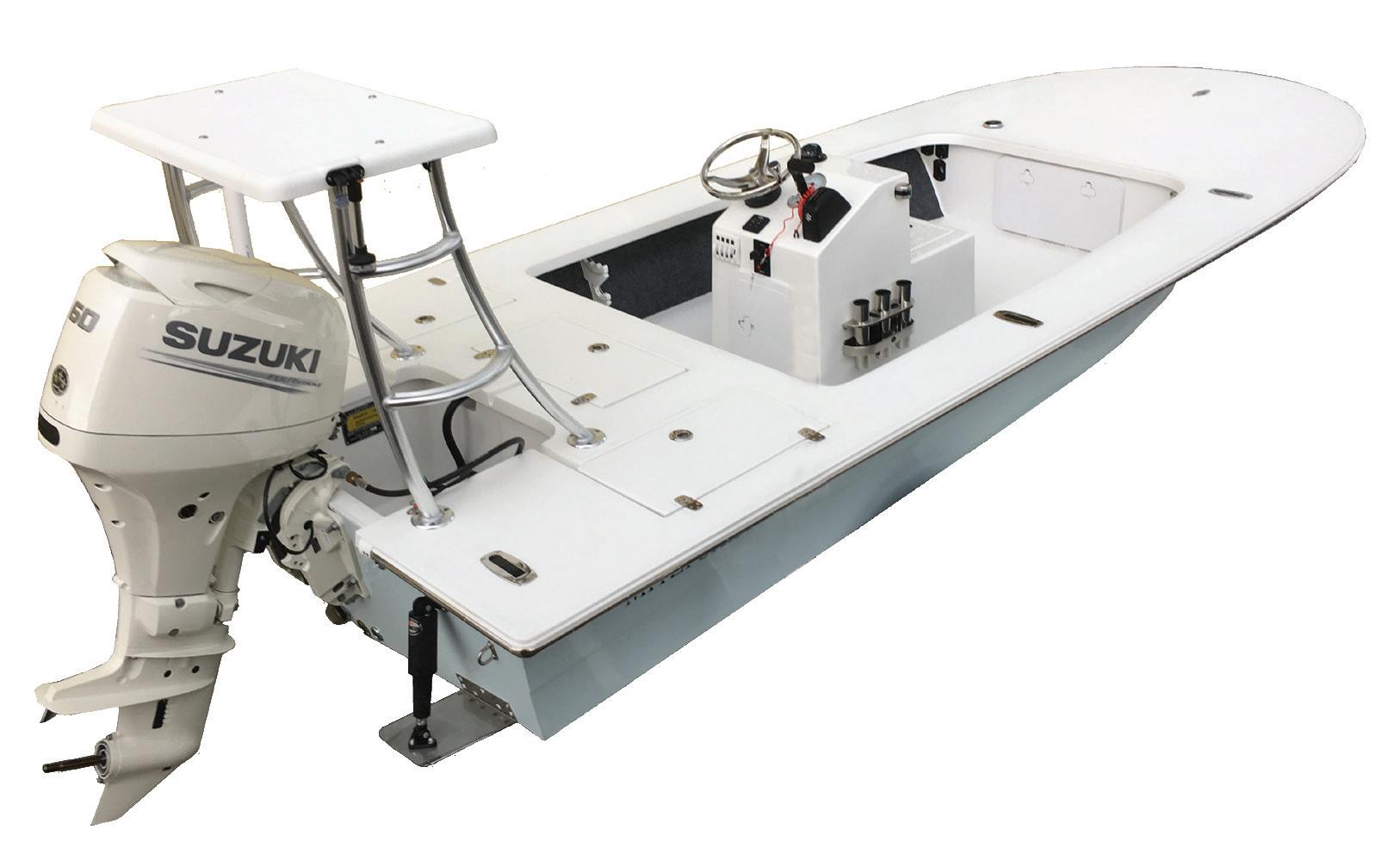
Dometic’s XPA mounts easily to all outboard brands and works with all types of SeaStar mechanical steering (including rack and rotary,



need to replace the existing steering. Installing XPA requires only simple wiring and can be done by DIY boaters in about 30 minutes.
Once XPA is installed, the steering cable only turns the power assist unit—while an advanced electric steering actuator moves the engine load. is eliminates steering torque through the wheel and provides smooth, nearly e ortless steering at any speed.
While an ideal upgrade, this new system is being adopted by top boat builders as a factory standard feature or optional upgrade on new boats.
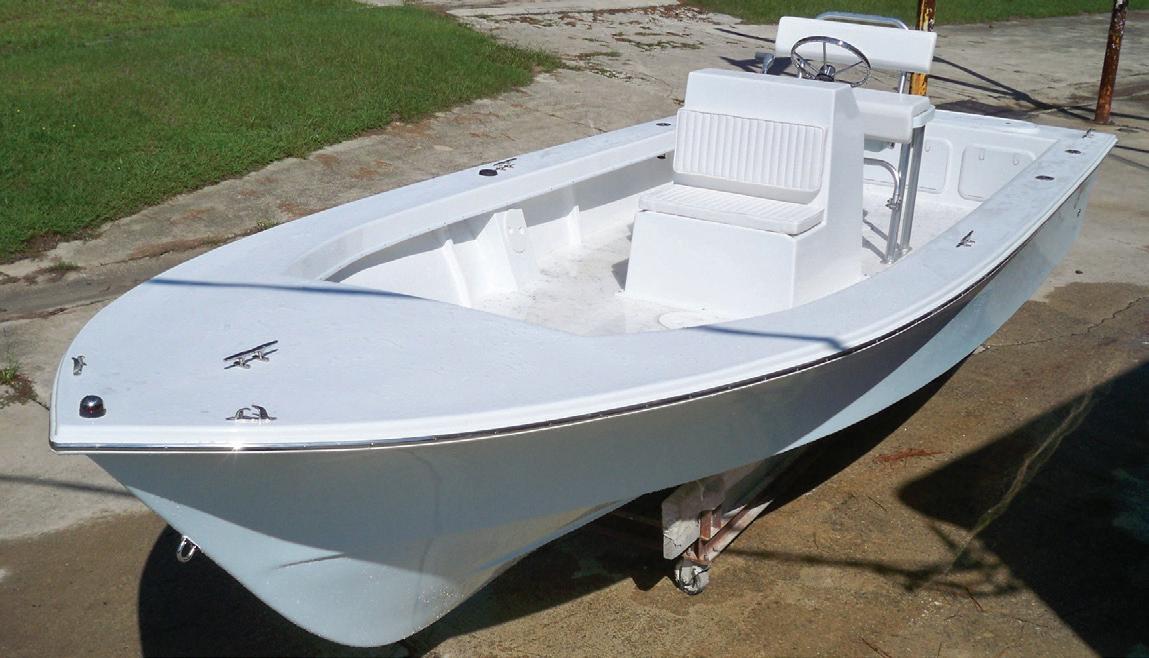








right, shrimp, crabs, ounder and more oat to the surface in the shallows, where people just scoop them up.


In one of his weekly columns, David Rainer, with the Alabama Department of Conservation and Natural Resources explained these uncommon events: e event starts with an incoming tide with very warm, still water, followed by organic load that creates a situation that depletes the oxygen in the water. O en, jubilees follow an a ernoon rain shower and an easterly or northeasterly wind. e Mobile Bay National Estuary Program explains that phytoplankton also contributes to this phenomenon by consuming oxygen near the surface of the water. When the easterly breeze starts blowing, this creates a water current that causes the oxygen-poor water to migrate toward the shore. is has a corralling e ect, herding the bottom-dwelling species into the shallows. ere those species become so lethargic that people can just pick them up. ese events usually lasts two to three hours.

Because they are short lived and rare, jubilees are a source of excitement for some Mobile Bay families who send word out to friends and loved ones to drop what they’re doing and go collect some seafood. However, Rainer warned in his column that a jubilee is not a free-for-all. Normal size and creel limits remain in e ect during the phenomenon. Alabama Marine Resources Division Director Scott Bannon said most species survive to swim or scuttle away when dissolved oxygen levels return to more normal levels.
or most folks, a jubilee is an anniversary celebration, or maybe it’s a ambe dessert made with cherries. For people in the know on the Eastern Shore of Alabama’s Mobile Bay, a jubilee is a natural phenomenon that leads to ridiculously easy seafood. When weather, water and tidal conditions occasionally align just
In case you were wondering whether Mobile Bay’s jubilees are the result of climate change or pollution, know that they have a very long history going back to a time when bells would ring to sound the jubilee because locals were dependent on seafood to feed their families.
“Nowadays, it’s more of an interesting phenomenon that occurs in only two places in the world, Mobile Bay and Tokyo Bay in Japan,” Bannon said.


August and September are the best months to encounter an Alabama jubilee, but it’s not the kind of thing you can predict. You just have to be there and hope to encounter it… or have friends in the know on social media.


For more information, see Rainer’s detailed article on jubilees at www.outdooralabama.com.




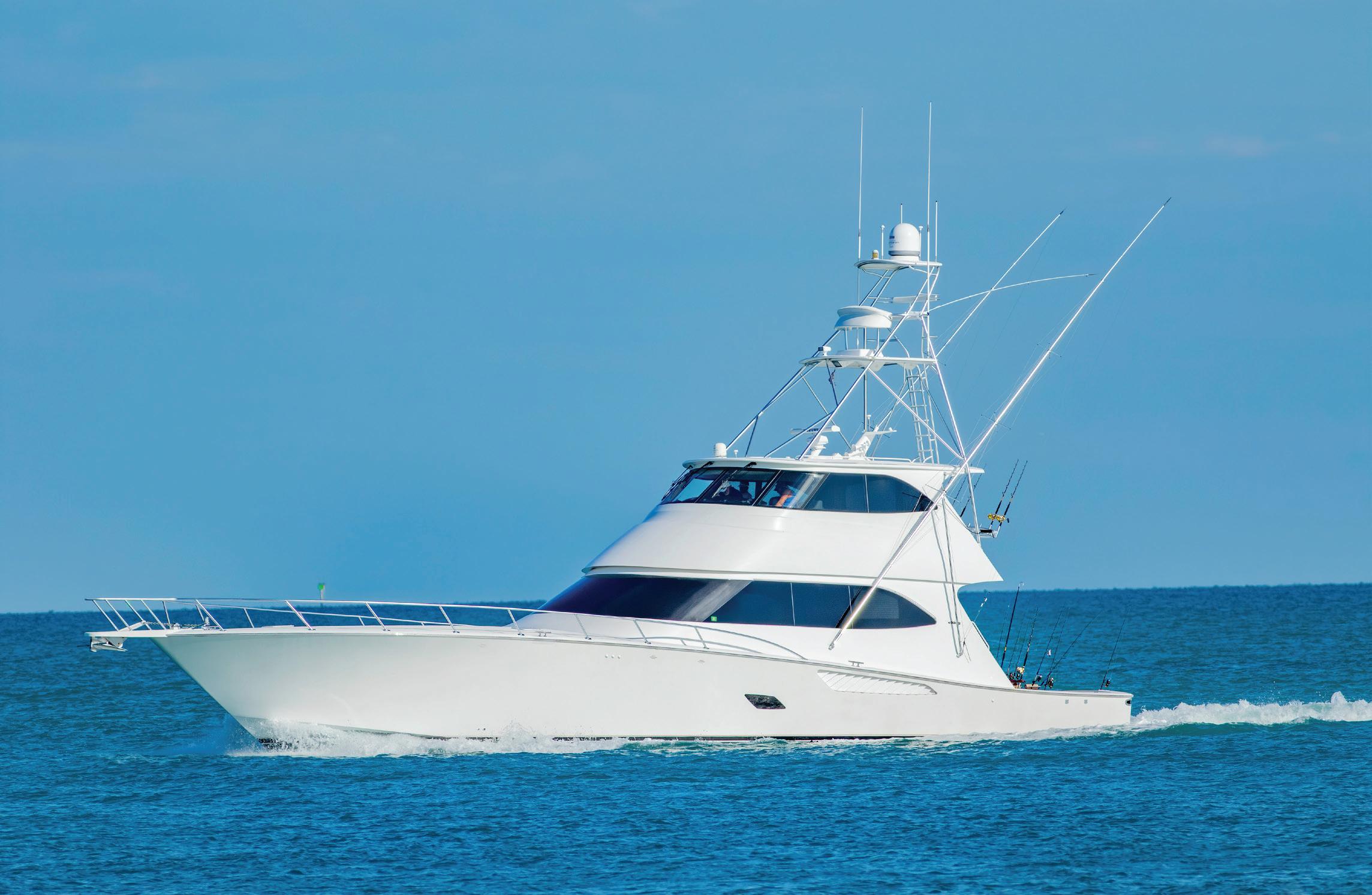




Nestled on six lush tropical acres of pristine waterfront directly on the Indian River Lagoon, take a step back in time to experience the very best of Old Florida charm with modern conveniences and services to make your stay truly memorable and unforgettable.

• FULLY FURNISHED 3 ROOM COTTAGES WITH FULLY EQUIPPED KITCHENS

Kingfsh Lodge includes a wide screenTV and bar for small gatherings

Sailfsh House features a wide covered wrap-around porch for larger groups
• Boat Trailer Parking on site w/ Water and Power
• 250 Foot Dock w/ Covered Area
• FREE Ice / FREE Guest Dockage
• Cable TV, Hi-Speed Internet


• 2 miles to the Ft. Pierce Inlet
• 12 miles to the Gulf Stream
If you aren’t familiar with it, a Carolina rig is when you put a bullet weight and then a bead on your line and then tie a swivel to the end. To the swivel, I use about a 2-foot section of leader and then a worm hook to put a bait on. is rig gets deep, and the leader with a weightless bait provides a more subtle presentation than a traditional Texas rig.
Obviously, you want to drag this rig around some sort of cover that bass are attracted to. I use it everywhere from Southern largemouth in deep grass to deep smallmouth on rock up north. With the weight clicking against the bead and the free action of the bait, this old-school rig still dominates a lot of tournaments to this day.
ere are two presentations I go for when choosing a so plastic to Carolina rig. I like either a bait sh or a craw sh. If the available forage is bait sh, I use a uke-style bait in a natural bait sh color. If the bass are eating craw sh, I like a Zoom Speed Craw or a Strike King Menace grub in green pumpkin or some type of brown or orange color. ese two baits have a lot of action and small bodies to keep the bait streamlined while dragging. My go-to hook is a 4/0 Hayabusa WRM956 wide gap.
Cover
Your Vacation with Travel Insurance

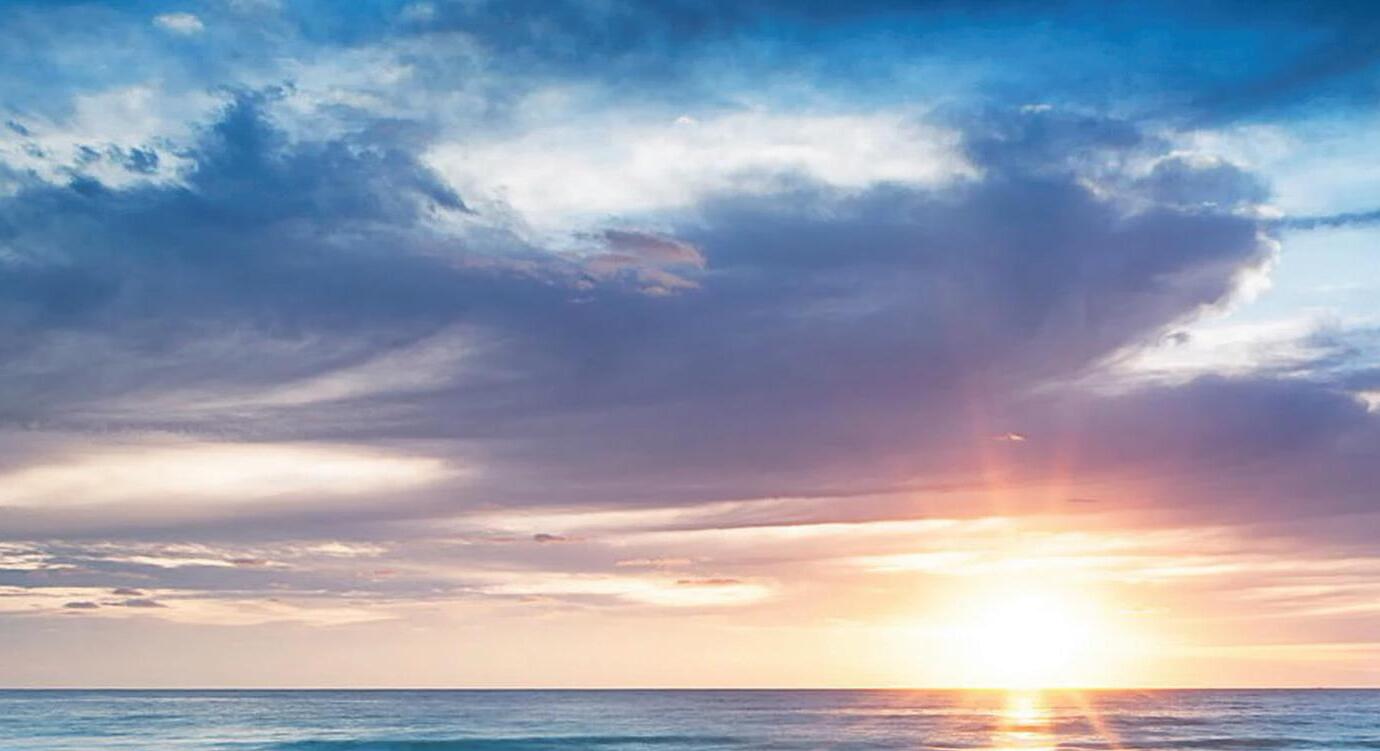
• Laundry, BBQ Grilles and FREE use of our Kayaks
NIGHTLY • WEEKLY • MONTHLY • SEASONAL RATES
3011 N. Indian River Dr., Ft. Pierce, FL 34946 www.indianriverlagoonwaterfrontcottages.com

eptember is supposed to be the beginning of fall, but the reality— at least in the South—is the month is just a continuation of summer. Bass can be pretty tricky, but there are ways to target sh in cooler, deeper water. Dragging a Carolina rig is one of my favorites.You can play around with the size of the weight and the diameter of your leader line. In shallower 5- to 10-foot depths, a lighter weight can help your bait look more natural. I’d suggest ¼ to ½ ounce in that depth range. If you’re shing deeper water in 15 to 30 feet, shing a heavier ¾ to 1 ounce weight gets you down more quickly and allows you to cover bottom more e ectively.
I like the leader between my swivel and hook to be lighter than my main line because it’s less visible to the sh and allows better bait action. If I’m shing 15-pound mainline, I’ll use a 10- to 12-pound leader.

Carolina Rig Gear:
You’ll also need to pick line up fast with the reel to remove slack on the take. I use a 13 Fishing Concept A 8:3:1 reel, which eats up line quickly. Spool this reel with 15-pound Seaguar uorocarbon, and grab a small spool of 10- or 12-pound line for leaders.
Tyler Woolcott is a professional tournament angler and guide. Check out his website at www.tylerwoolcott shing.com.


One of the most beloved coins in history is a true American Classic: The Buffalo Nickel. Although they have not been issued for over 75 years, GovMint.com is releasing to the public bags of original U.S. government Buffalo Nickels. Now they can be acquired for a limited time only—not as individual collector coins, but by weight—just $49 for a full QuarterPound Bag.
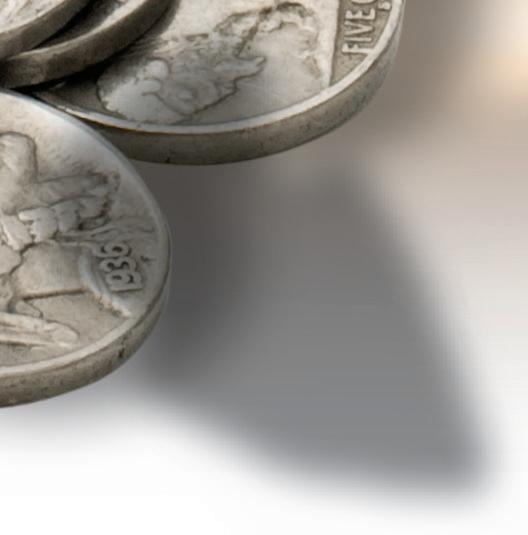


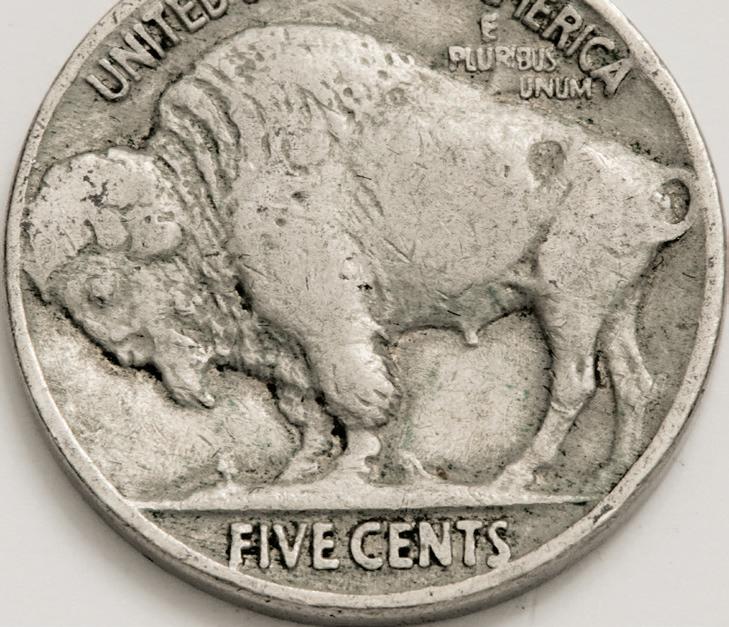


Every bag will be filled with collectible vintage Buffalos from over 75 years ago, GUARANTEED ONE COIN FROM EACH OF THE FOLLOWING SERIES (dates our choice):
• 1920-1929—“Roaring ’20s” Buffalo
• 1930-1938—The Buffalo’s Last Decade
• Mint Marks (P,D, and S)
• ALL Collector Grade Very Good Condition
• FREE Stone Arrowhead with each bag

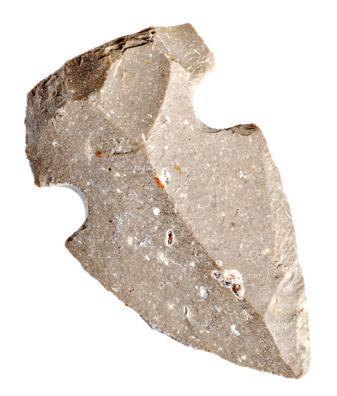
Every vintage Buffalo Nickel you receive will be a coveted collector coin—GUARANTEED!
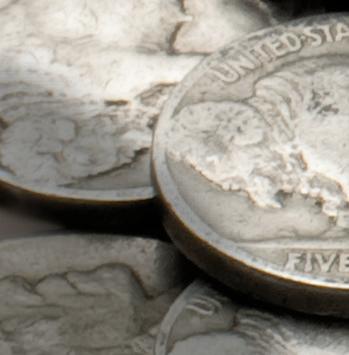





Plus, order a gigantic full Pound bag and you’ll also receive a vintage Liberty Head Nickel (1883-1912), a valuable collector classic!

Millions of these vintage Buffalo Nickels have worn out in circulation or been recalled and destroyed by the government. Today, significant quantities can often only be found in private hoards and estate collections. As a result, these coins are becoming more soughtafter each day.
Supplies of vintage Buffalo Nickels are limited as the availability of these classic American coins continues to shrink each and every year. They make a precious gift for your children, family and friends—a gift that will be appreciated for a lifetime.
NOTICE: Due to recent changes in the demand for vintage U.S. coins, this advertised price may change without notice. Call today to avoid disappointment.

You must be 100% satisfied with your bag of Buffalo Nickels or return it within 30 days of receipt for a prompt refund (less s/h).
Order More and SAVE
QUARTER POUND Buffalo Nickels
(23 coins) Plus FREE Stone Arrowhead
$49 + s/h
HALF POUND Bag
(46 coins) Plus FREE Stone Arrowhead



$79 + s/h SAVE $19

ONE FULL POUND Bag
(91 coins) Plus FREE Stone
Arrowhead and Liberty Head Nickel
$149 + FREE SHIPPING




SAVE $47
FREE Liberty Head Nickel with One Full Pound



Limited time only. Product total over $149 before taxes (if any). Standard domestic shipping only. Not valid on previous purchases.




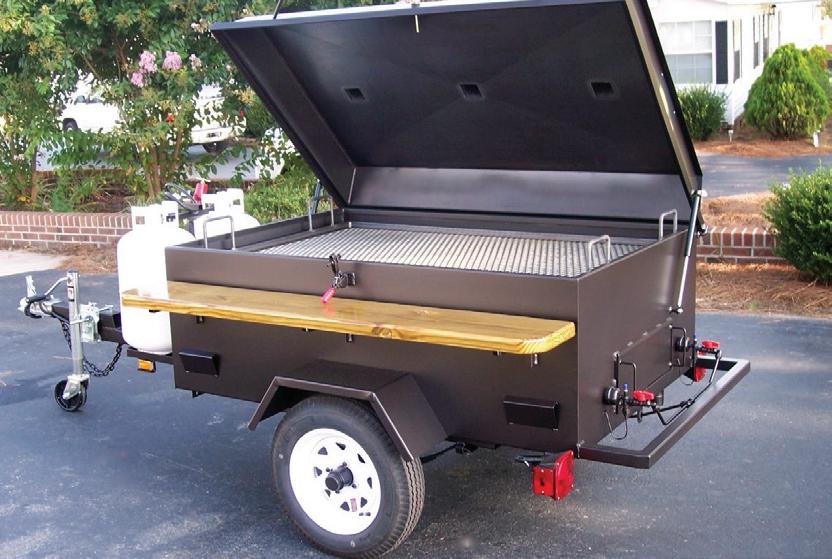

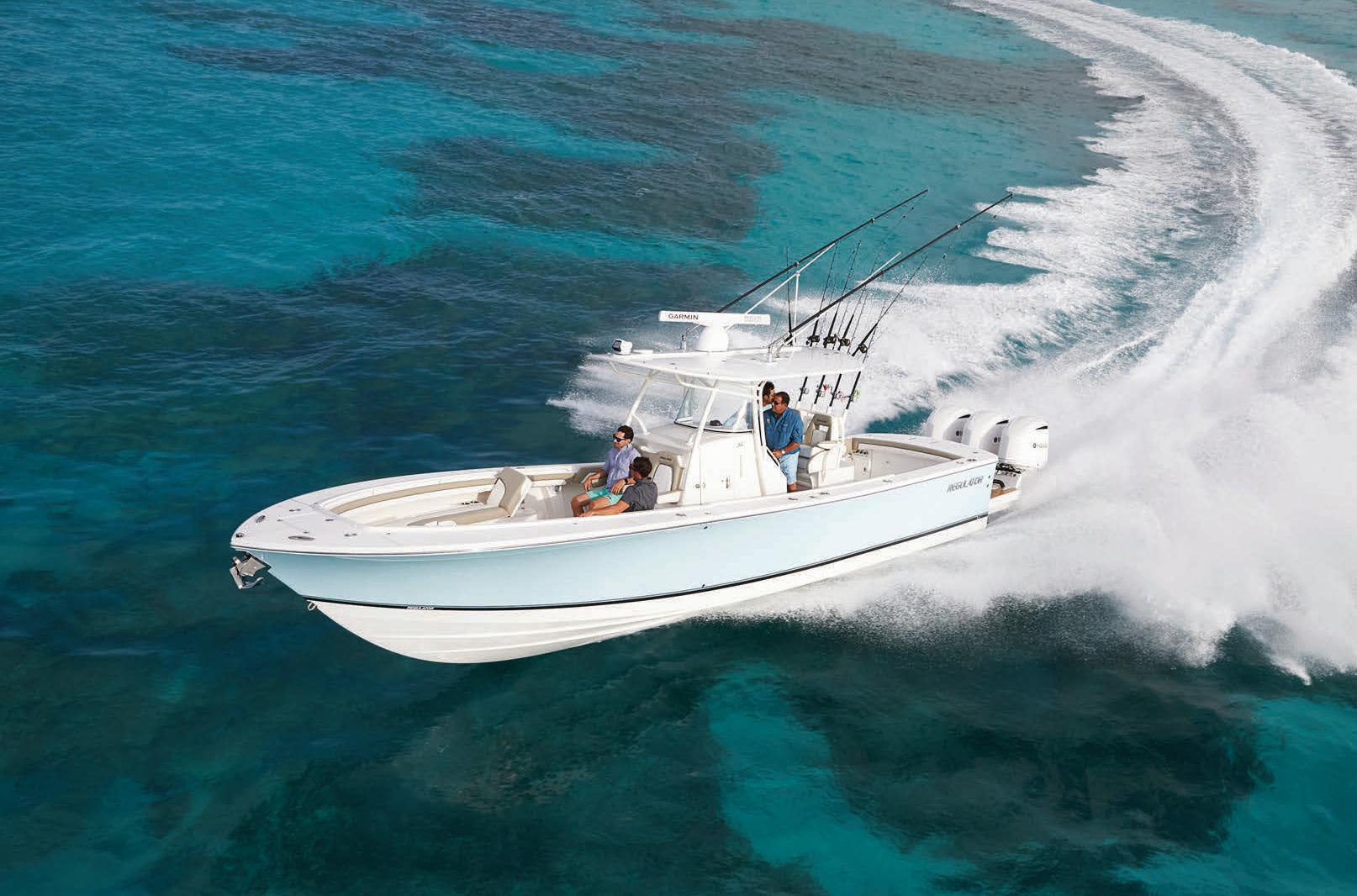


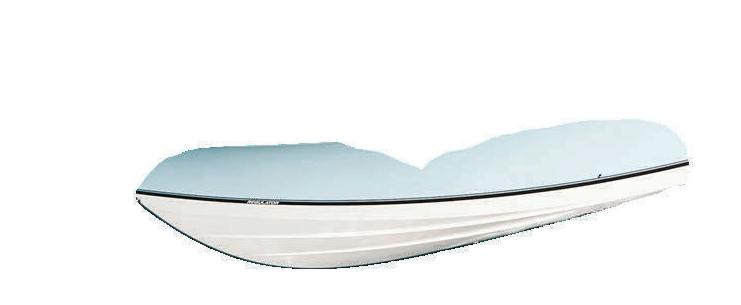

















Theirs sold at auction for $226,000. Ours is JUST $29! Curious? Read on!
To art nouveau jewelers at the turn of the last century, nothing was more beautiful than the dragon y. In the dragon y’s long body and outstretched wings, jewelers found the perfect setting for valuable stones. ese jewelers’ dragon y designs have become timeless statements of style; a dragon y pendant designed by French jeweler René Lalique recently sold at auction for $226,000. Inspired by his stunning artistry, we’ve crafted our Dragon y Nouvelle Collection, an elegant jewelry set for JUST $29!

True artisanship in Austrian crystal and yellow gold. is necklace and earring set features gorgeous multicolored enamel paired with Austrian crystals and a yellow gold nish. Ask any jeweler and they’ll tell you it takes true artisanship to properly blend the blues and purples found in this enamel. While art nouveau dragon ies are hard to come by, we’re helping to repopulate their numbers with this artfully stylized depiction of some of nature’s smallest wonders!
Buy the pendant, get the earrings FREE. If Stauer were a normal company, we’d sell the necklace and earrings for $199 each, but because we engage the world’s best artisans and cut out the middlemen to sell directly to you, we’re o ering the necklace for JUST $29! Even better: If you buy within the next few days, we’ll throw in the earrings for FREE! at’s a nearly $400 value for JUST $29!
Act fast! e rst time we ran this jewelry in our catalog, it sold out in a matter of days. Get this collection now before this o er goes extinct!
Jewelry Speci cations:
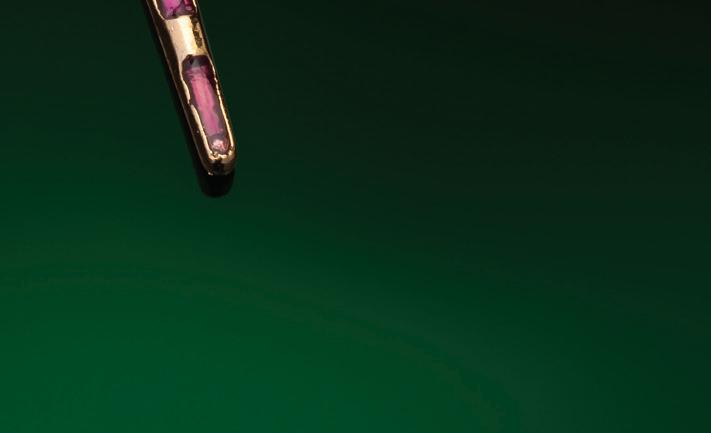
• Enamel with Austrian crystal. Yellow gold nish

• Pendant: 1 ½" W x 1 ¼" H.



Chain: 18" + 2", lobster clasp.



Earrings: 1 ¼" L, french wire
Dragonfly Nouvelle Collection

A. Necklace $199 $29* + S&P Save $170
B. Earrings $199 FREE with purchase of Dragonfly Nouvelle Necklace


*Special price only for customers using the offer code.


1-800-333-2045



Your Insider Offer Code: DFC163-01




Stauer, 14101 Southcross Drive W., Ste 155, Dept. DFC163-01, Burnsville, MN 55337 www.stauer.com


